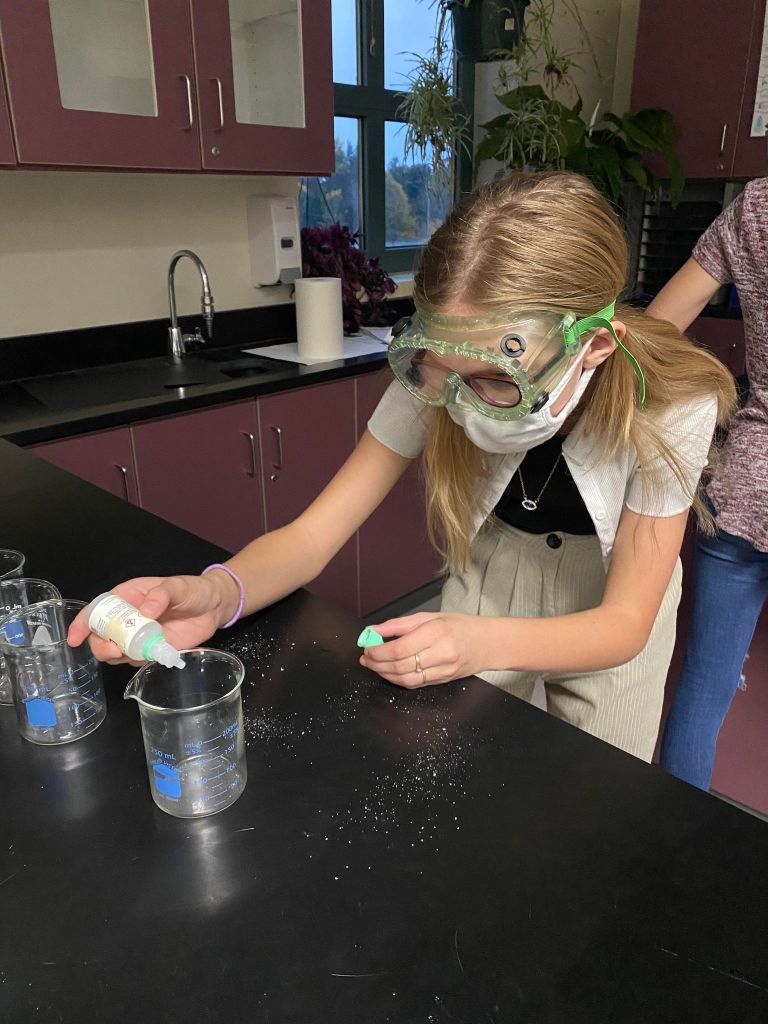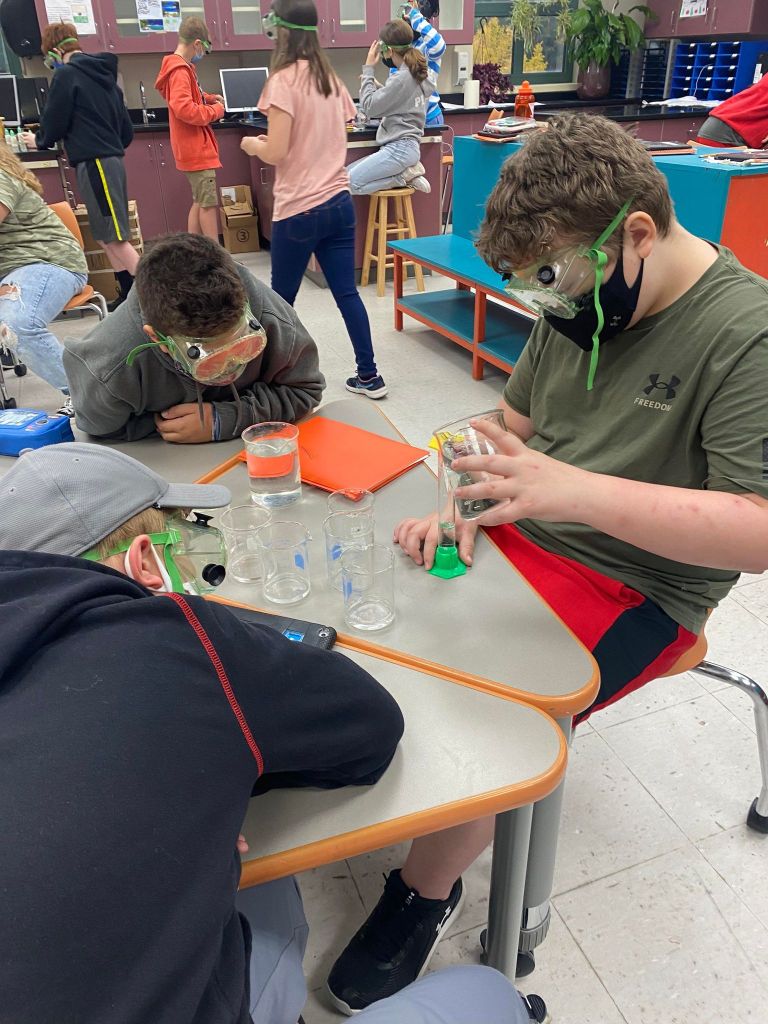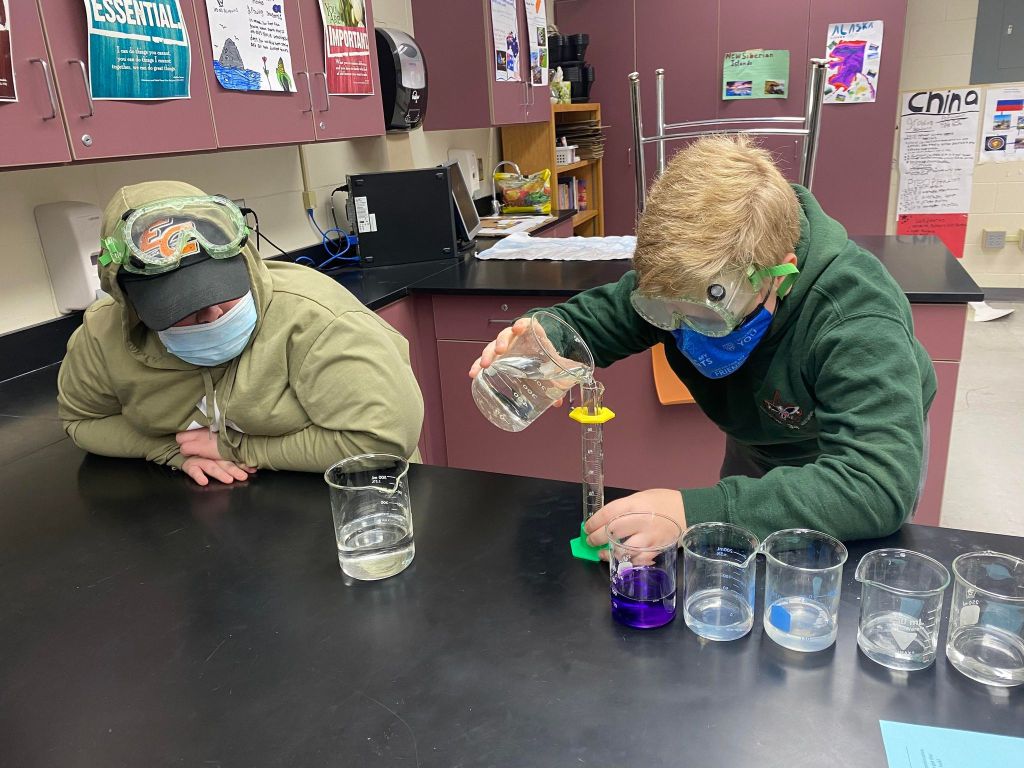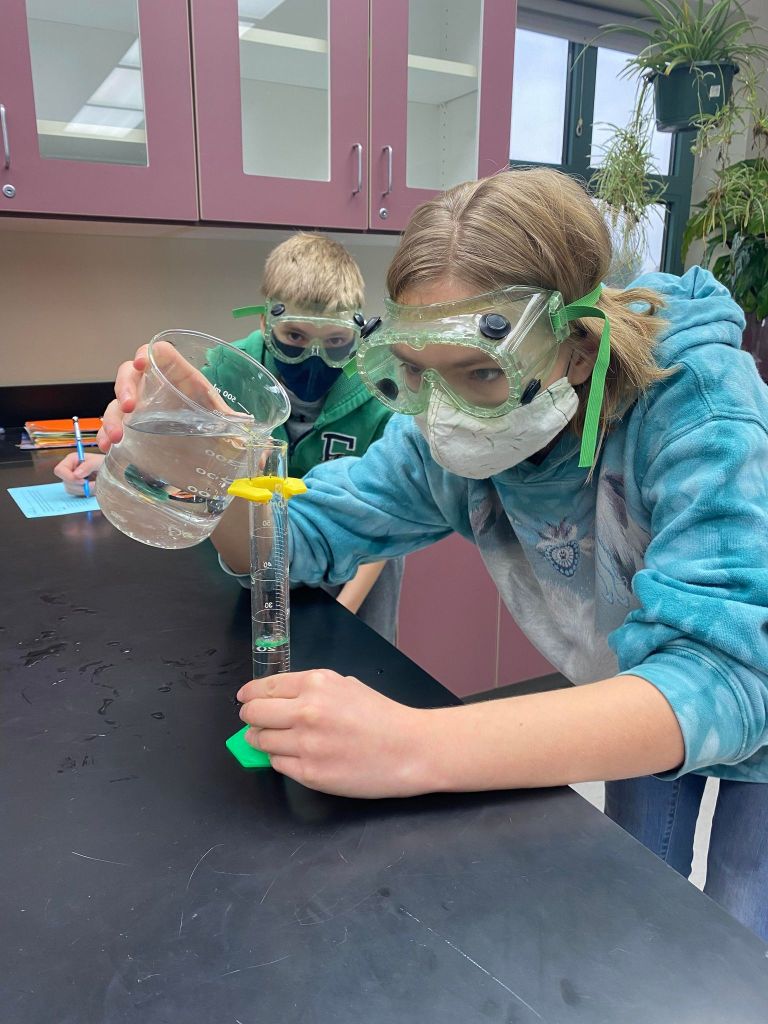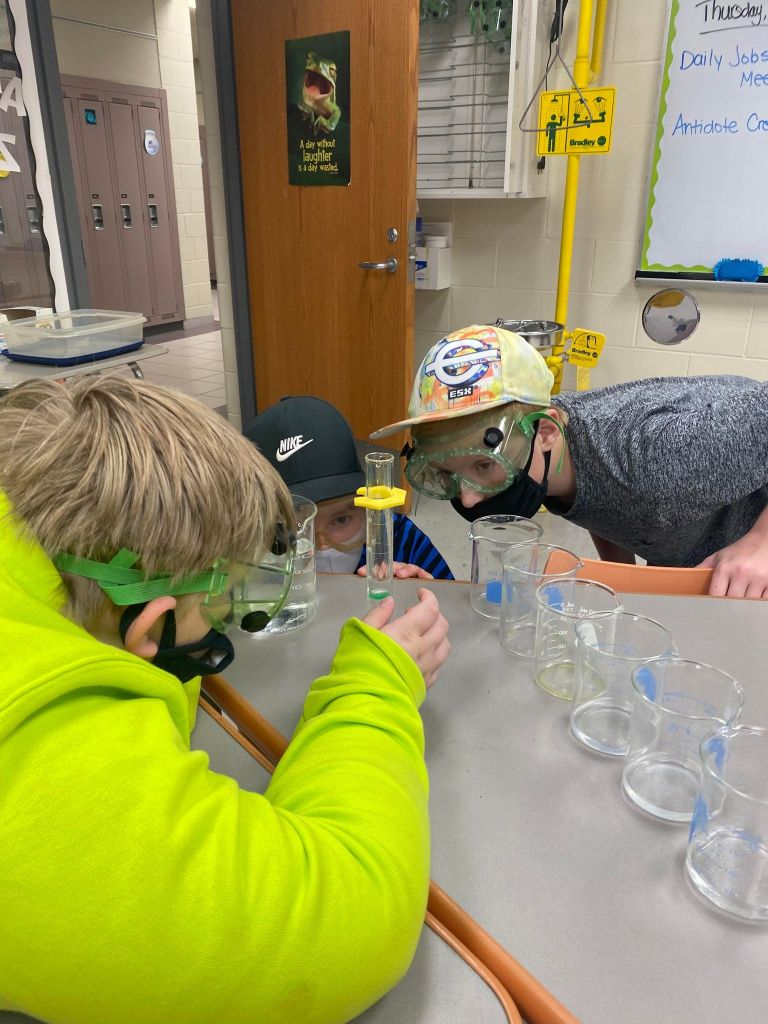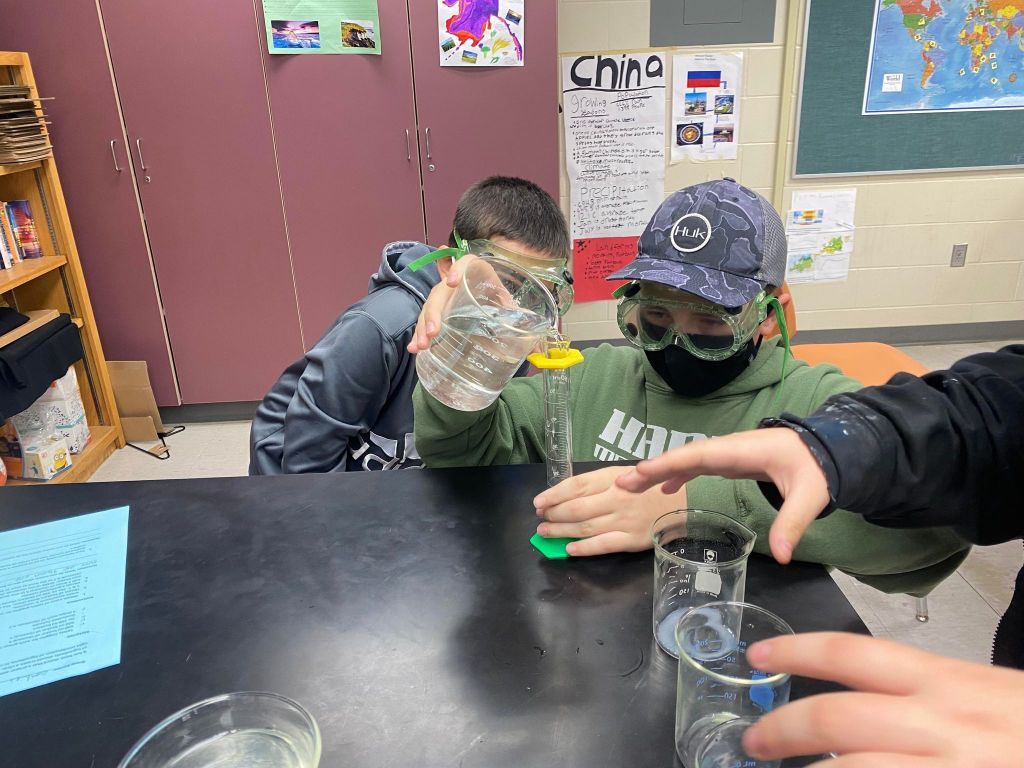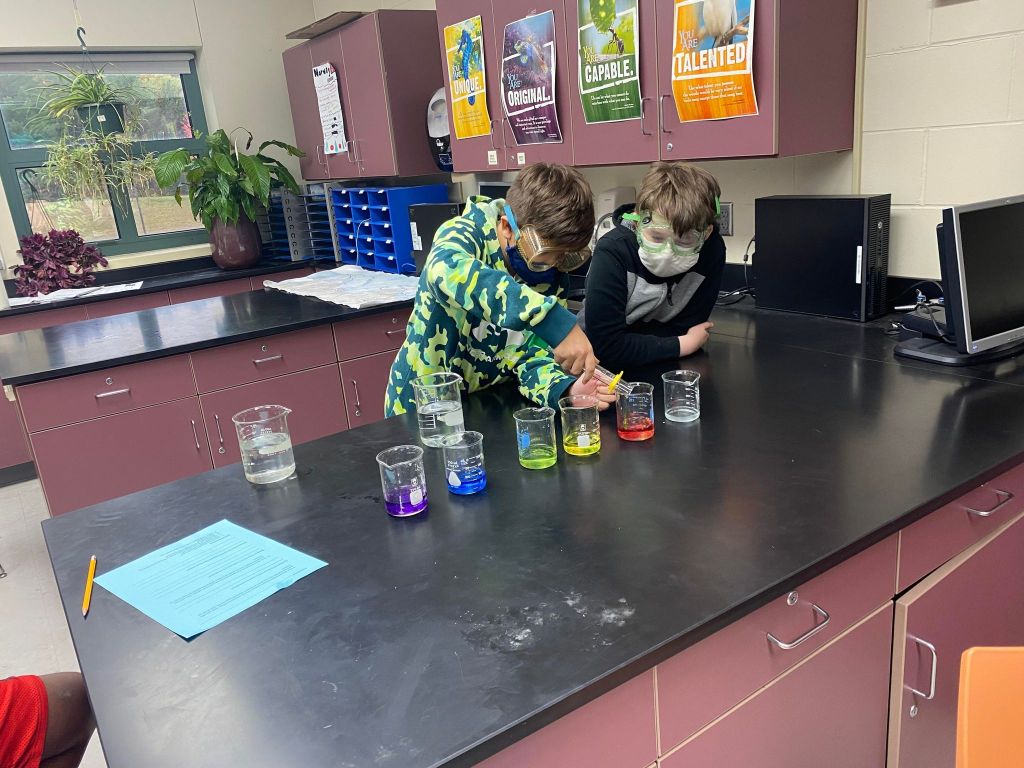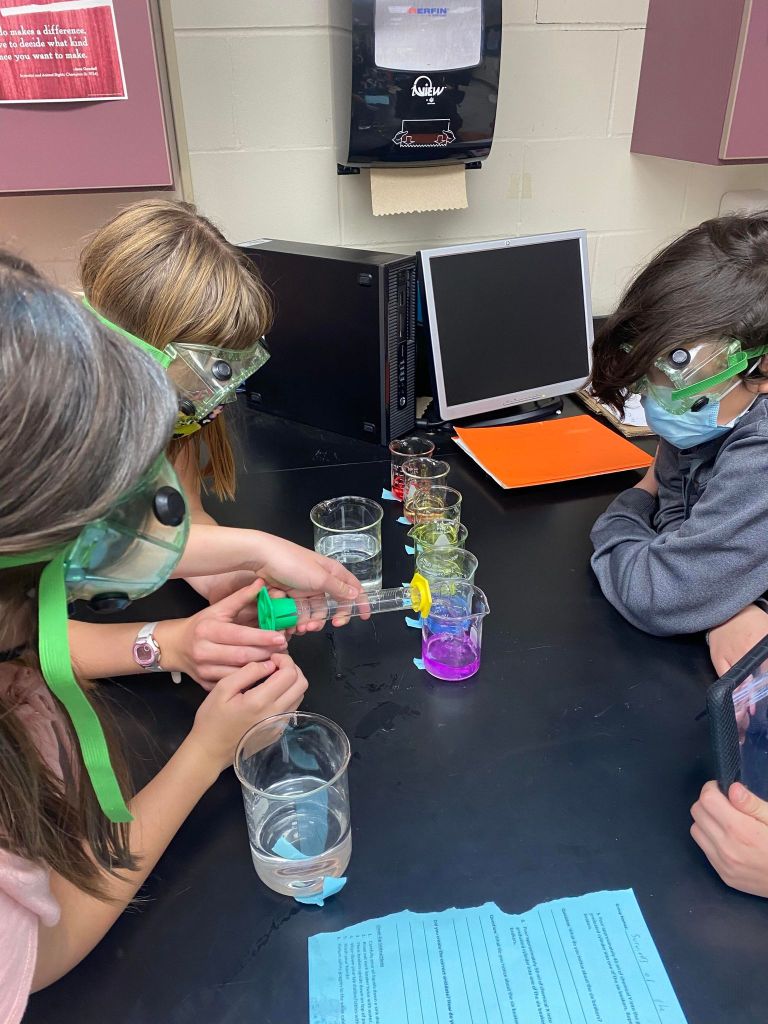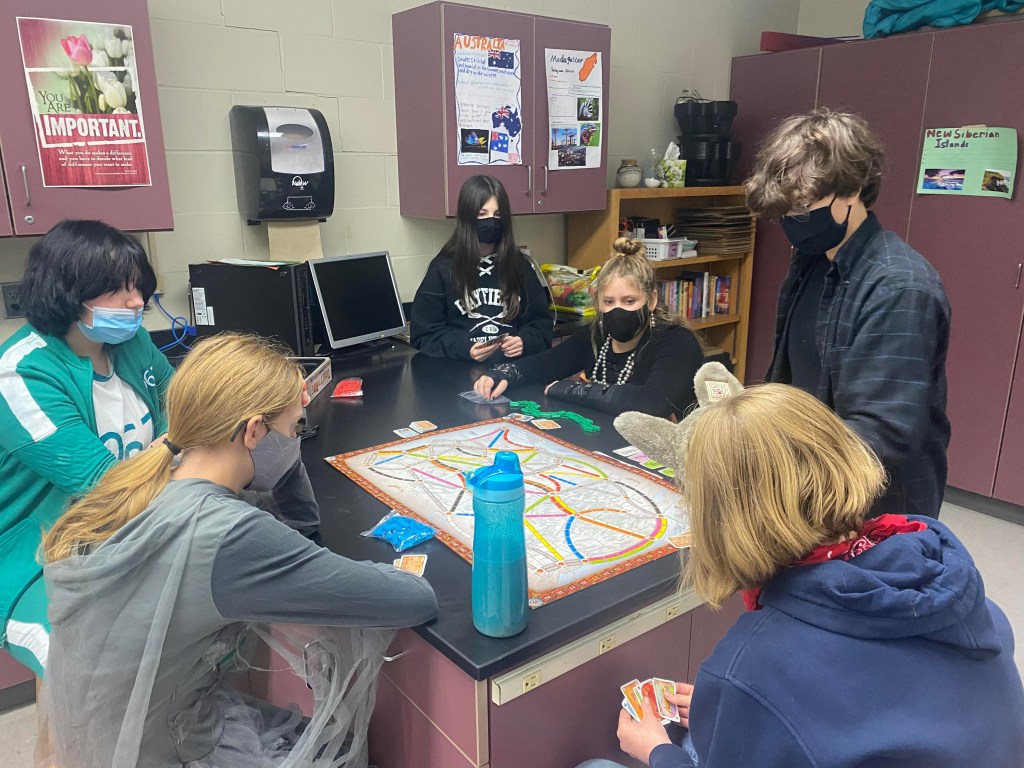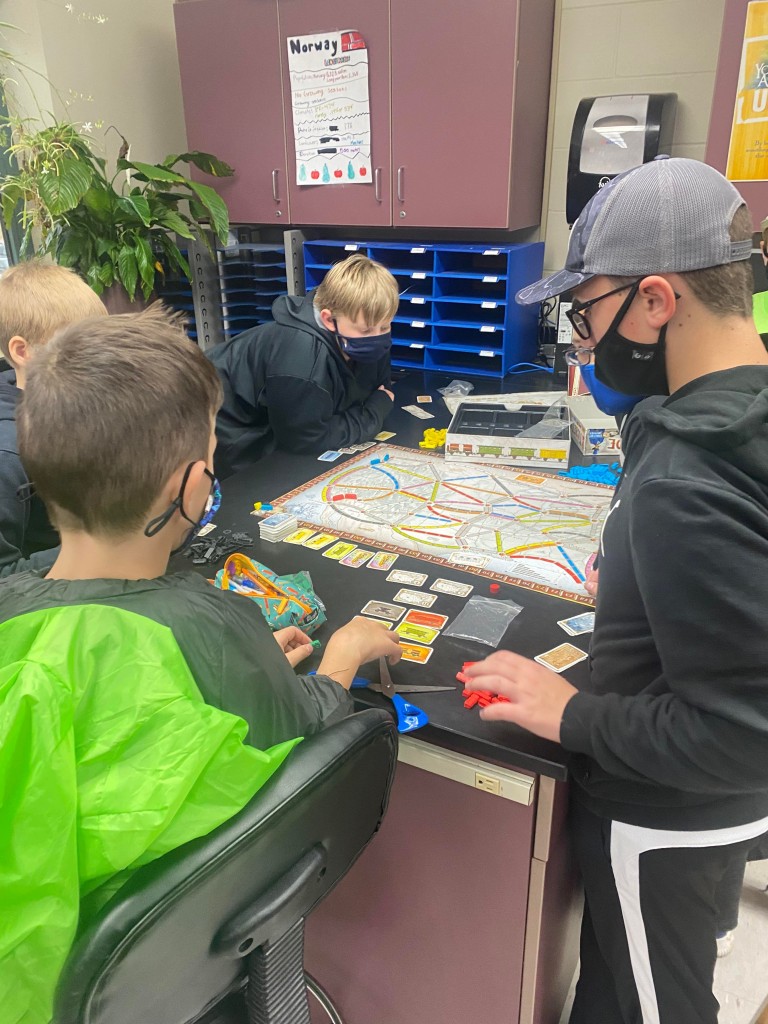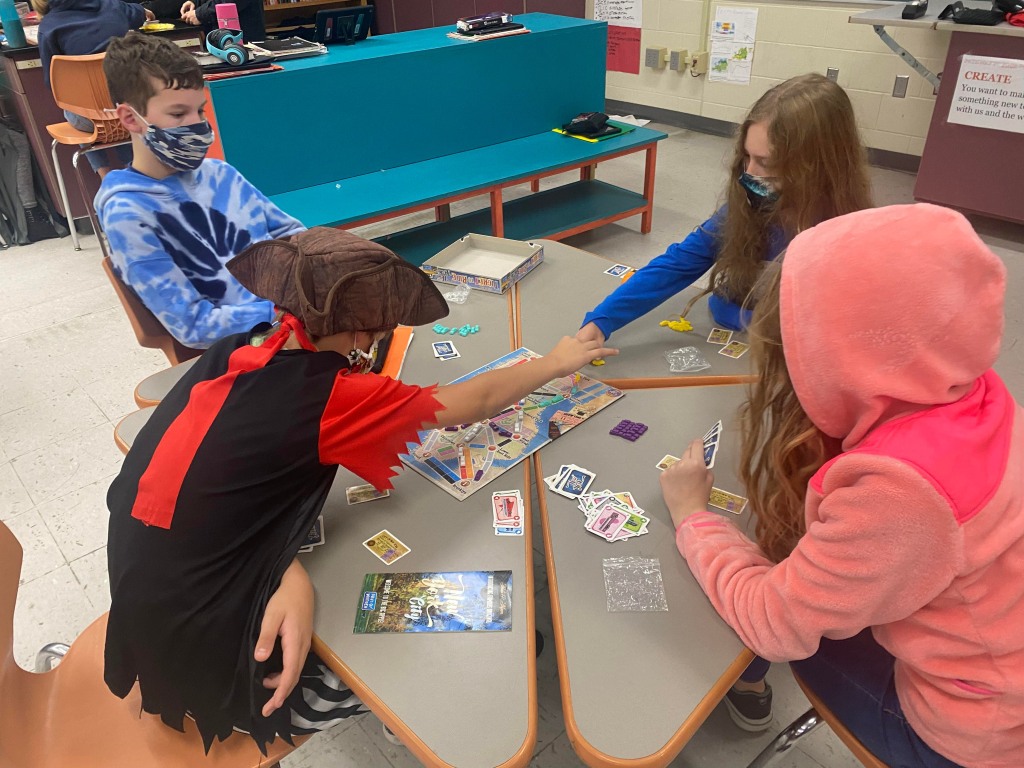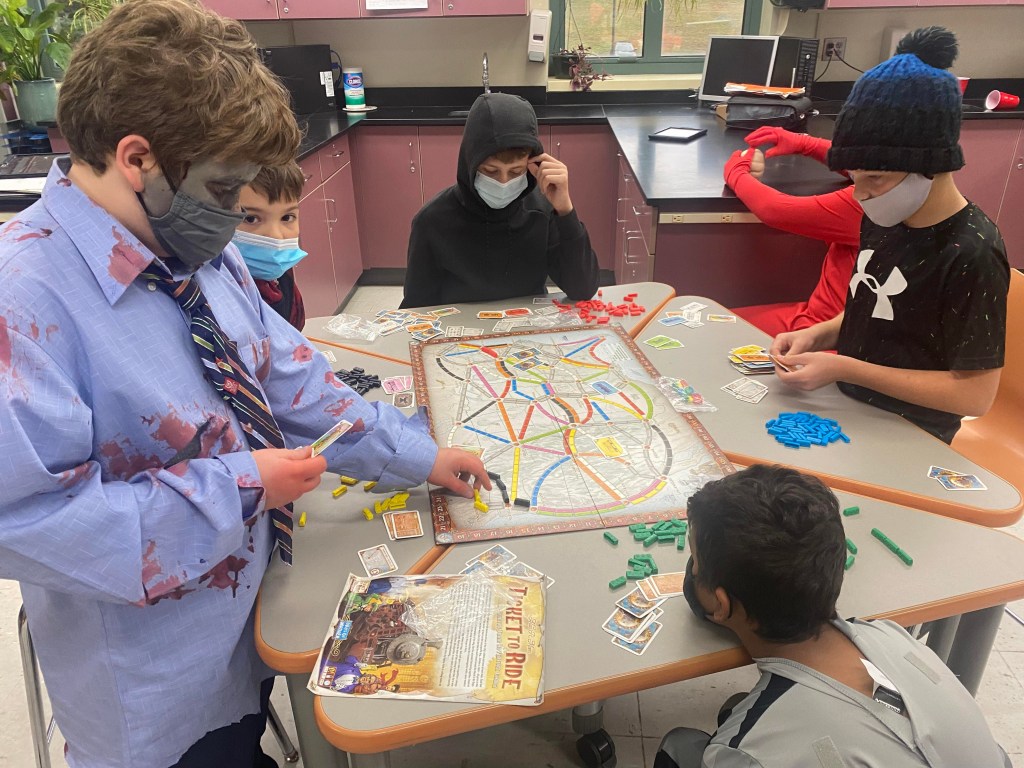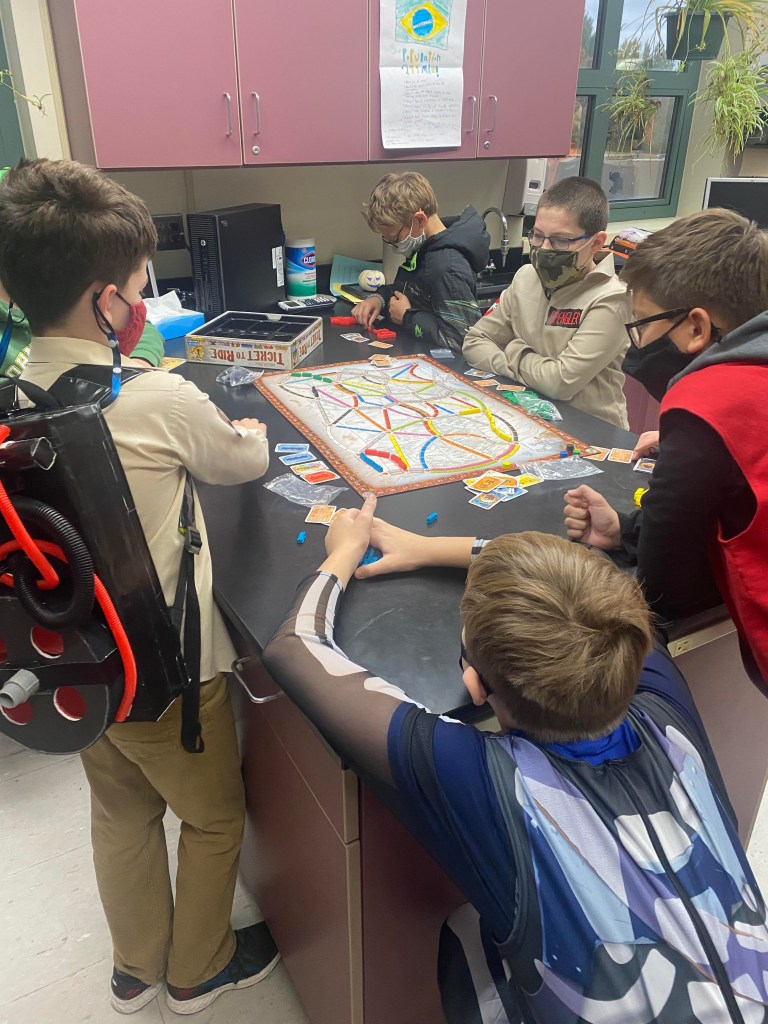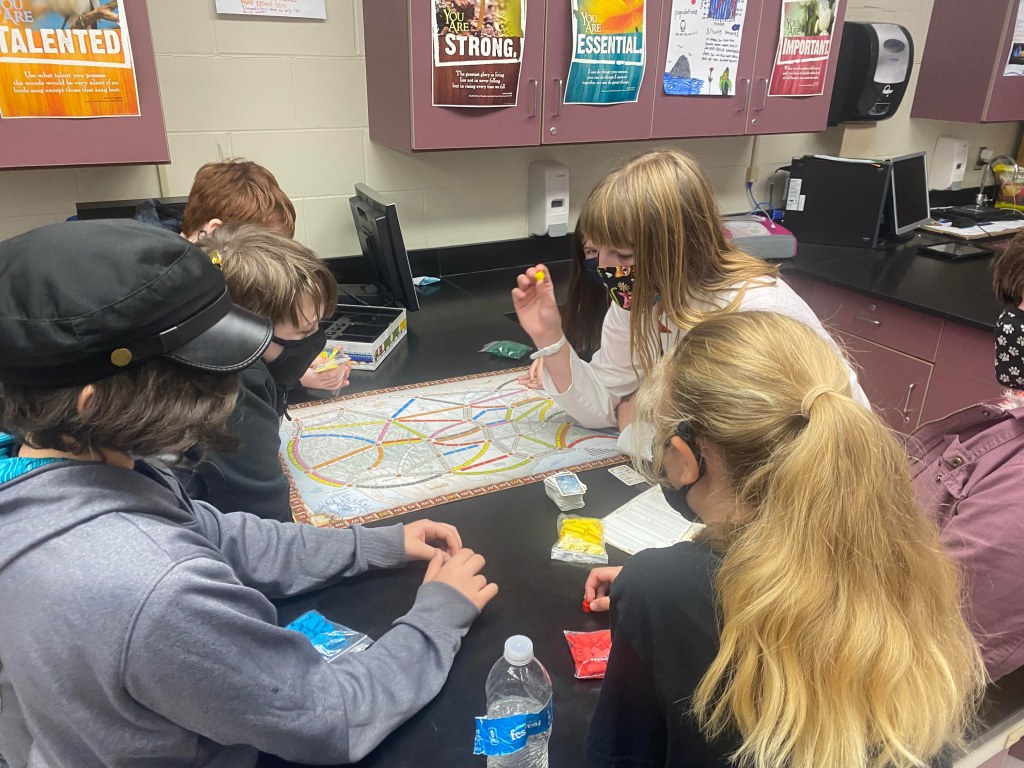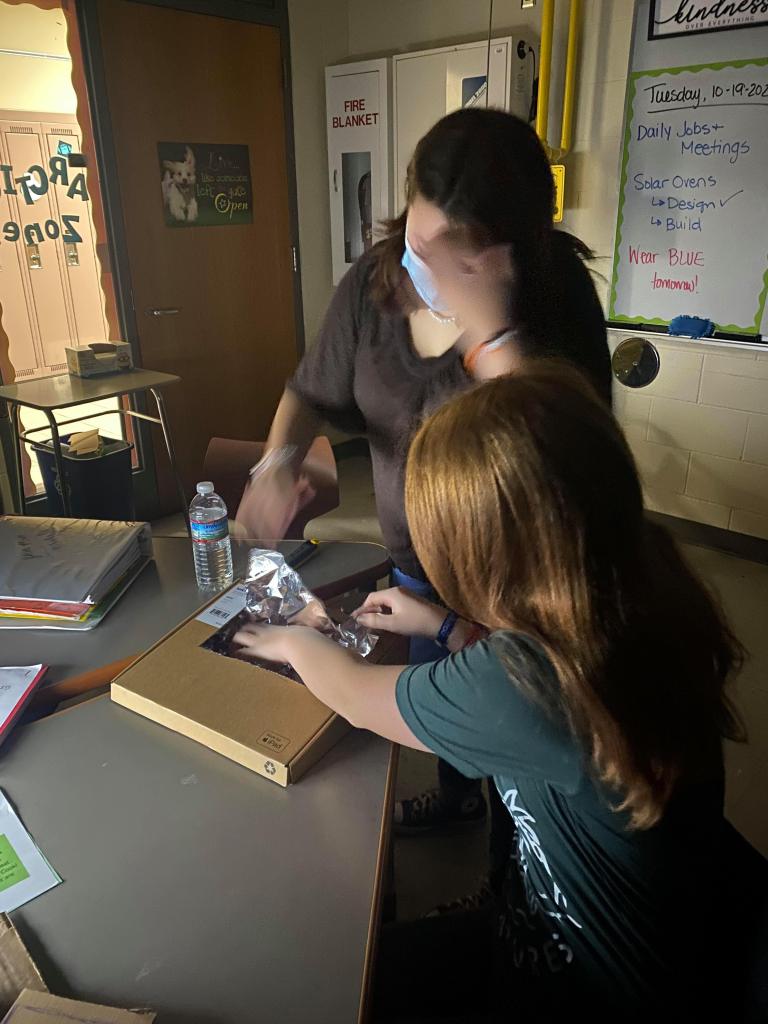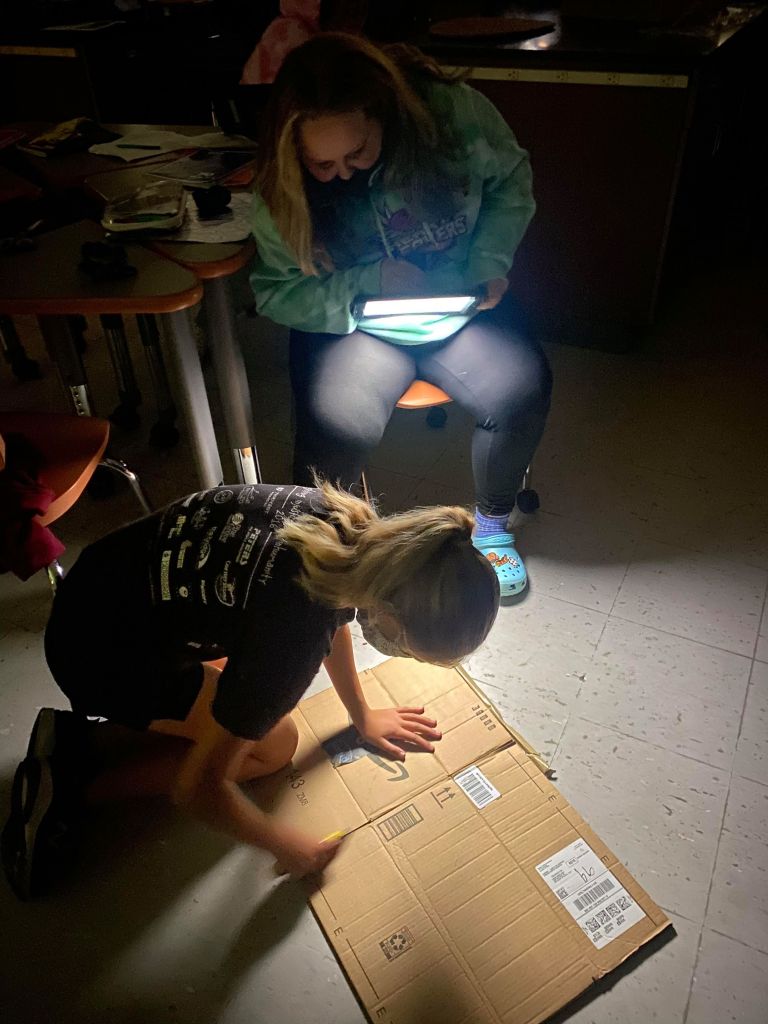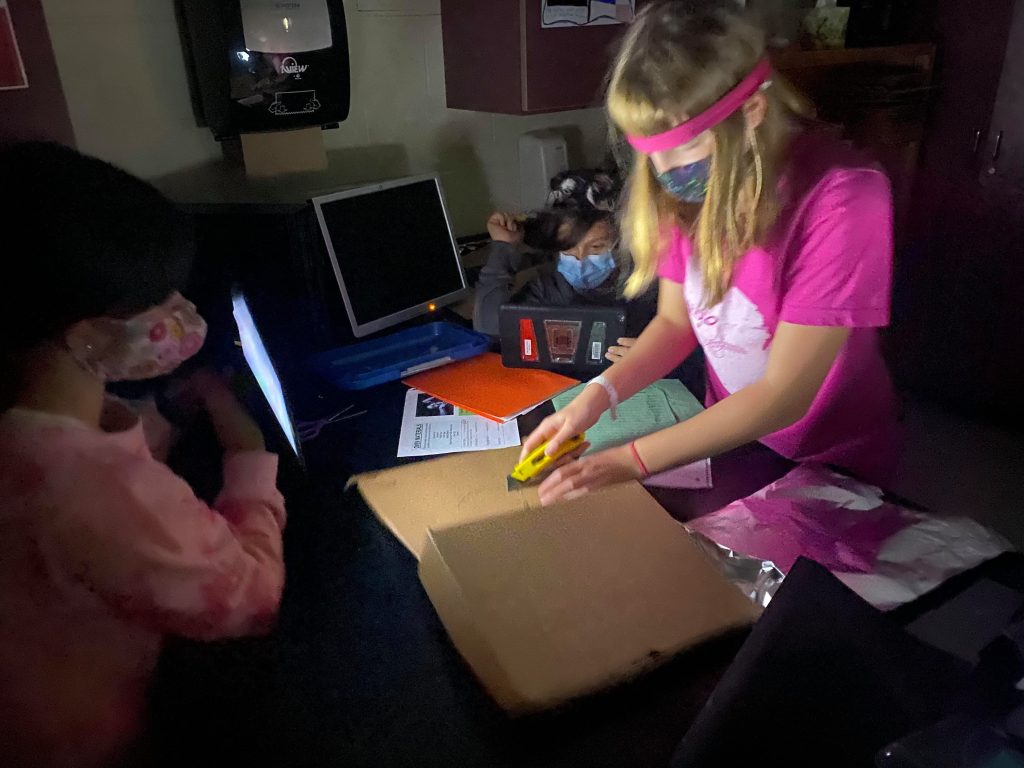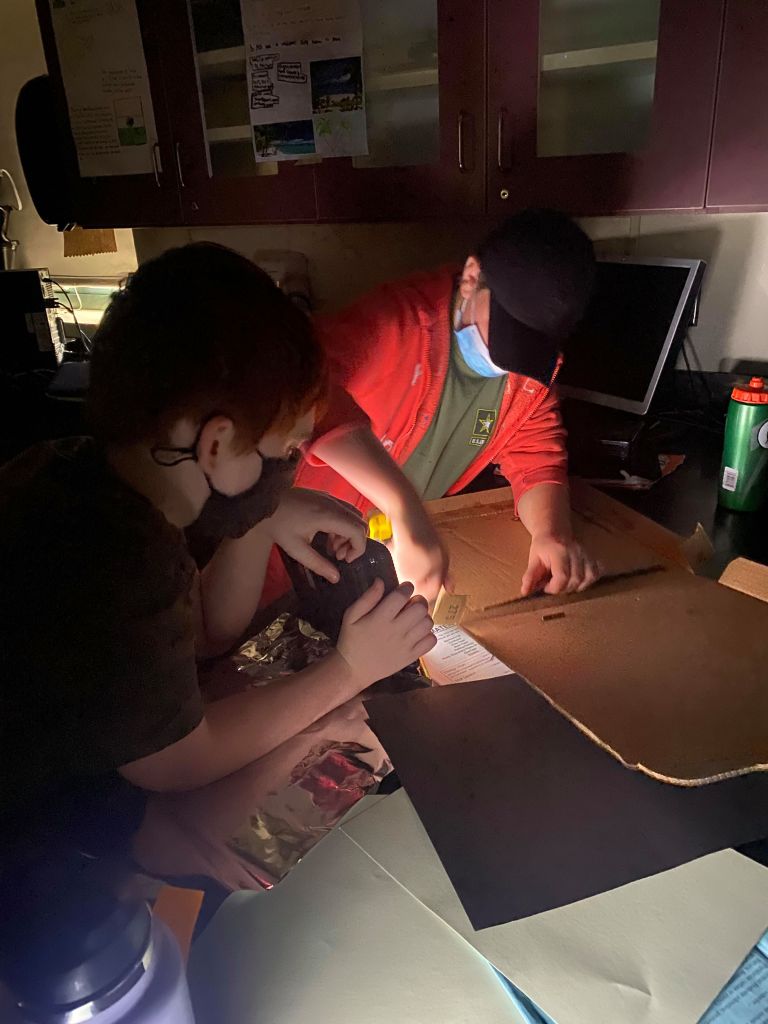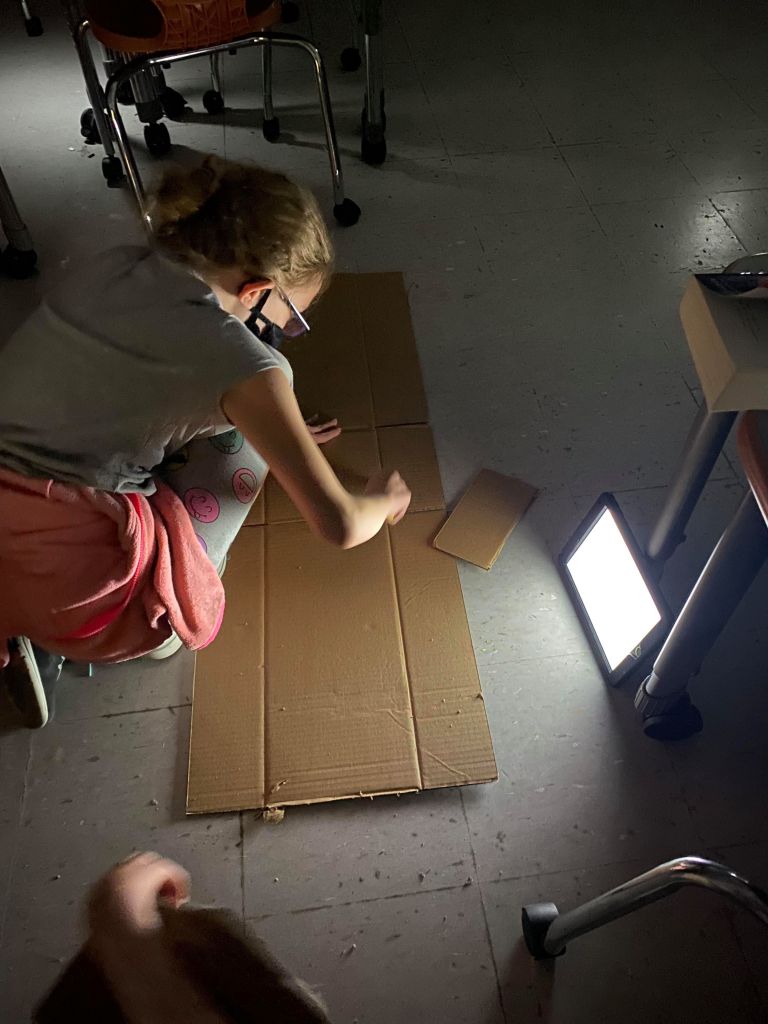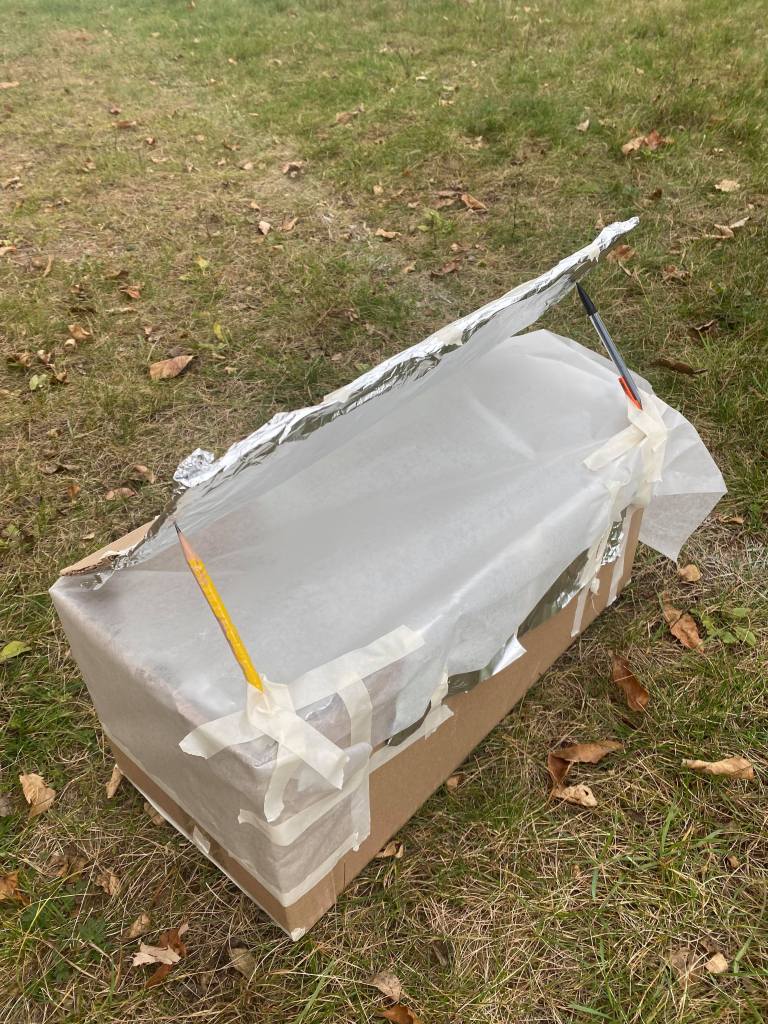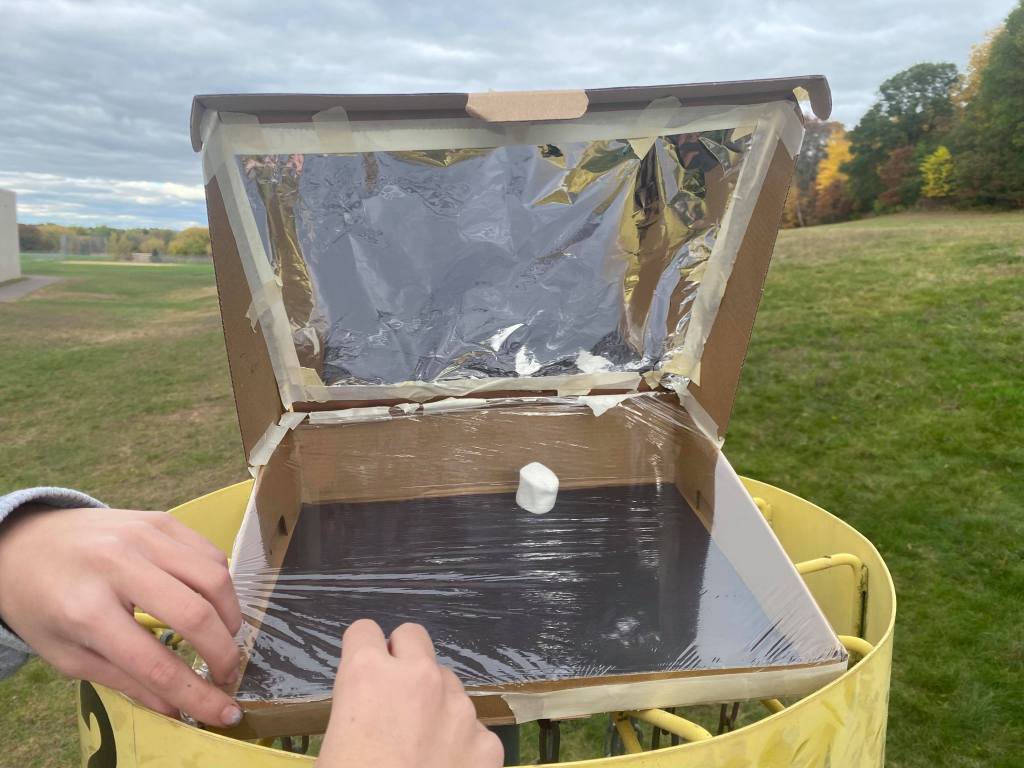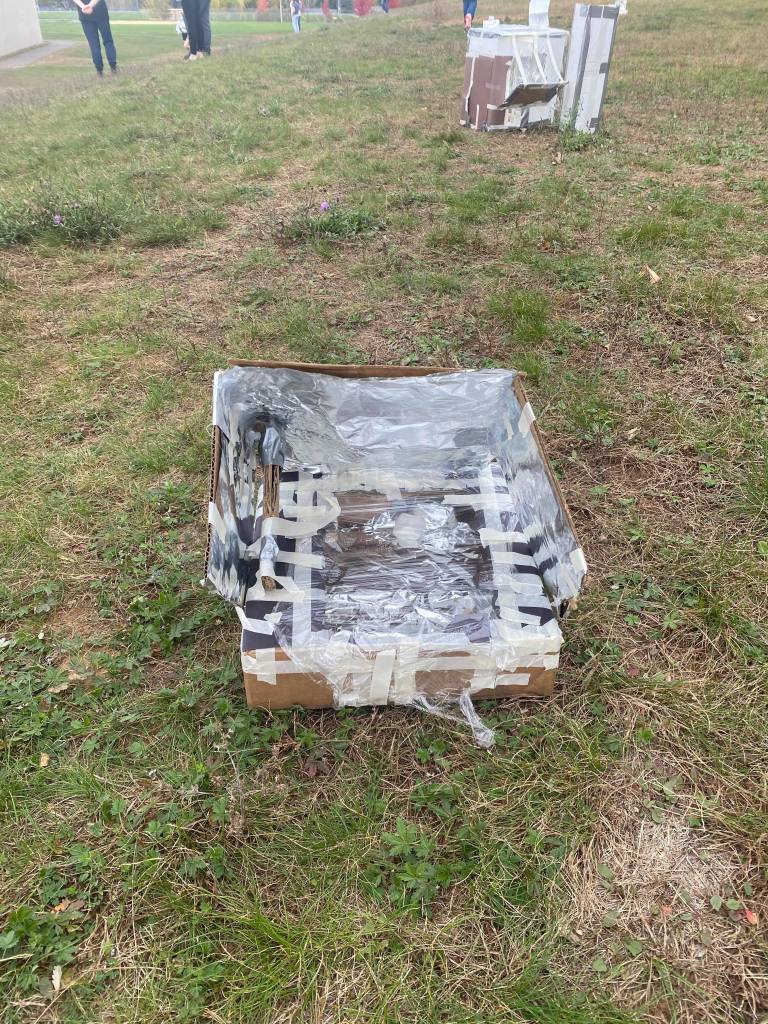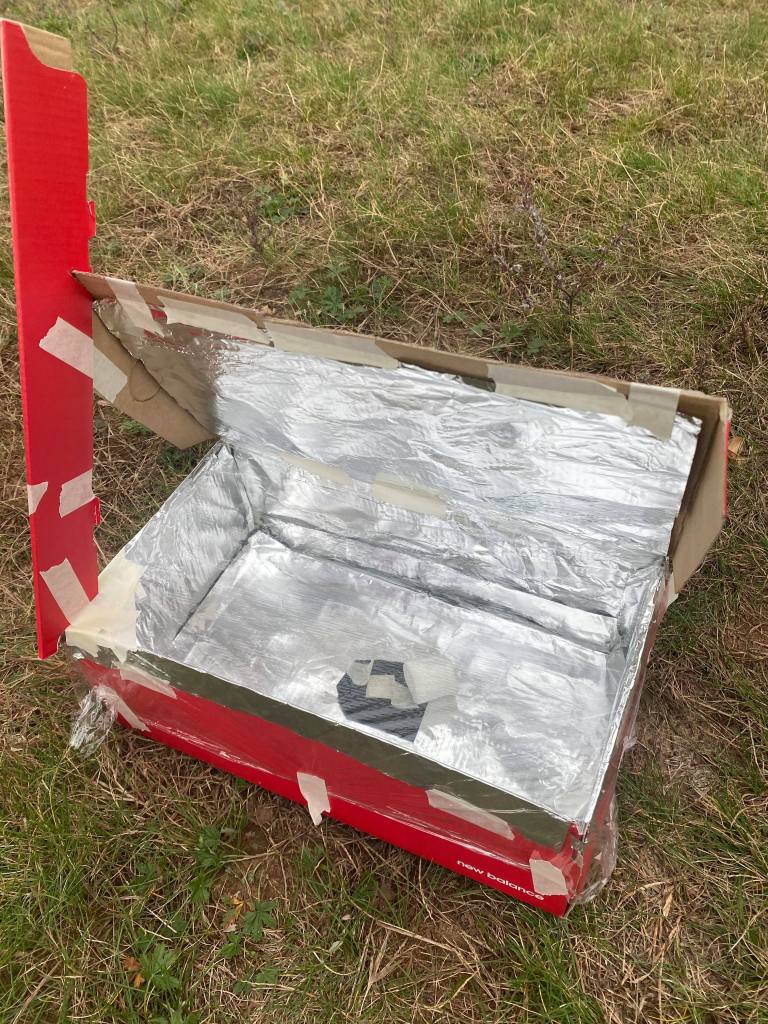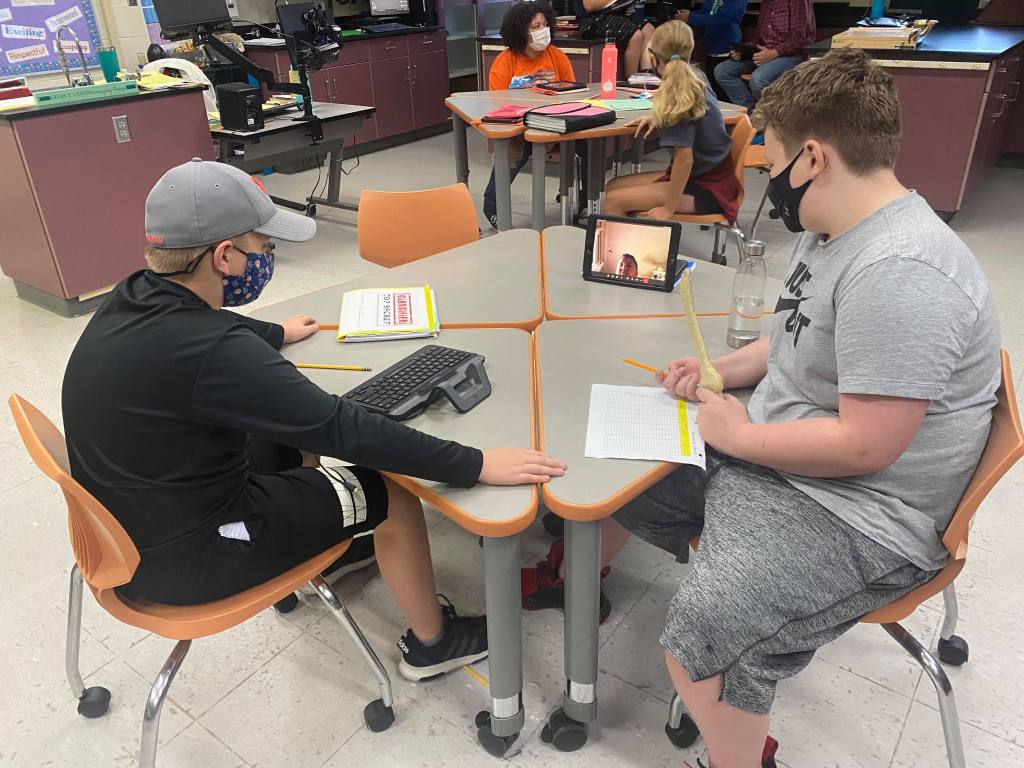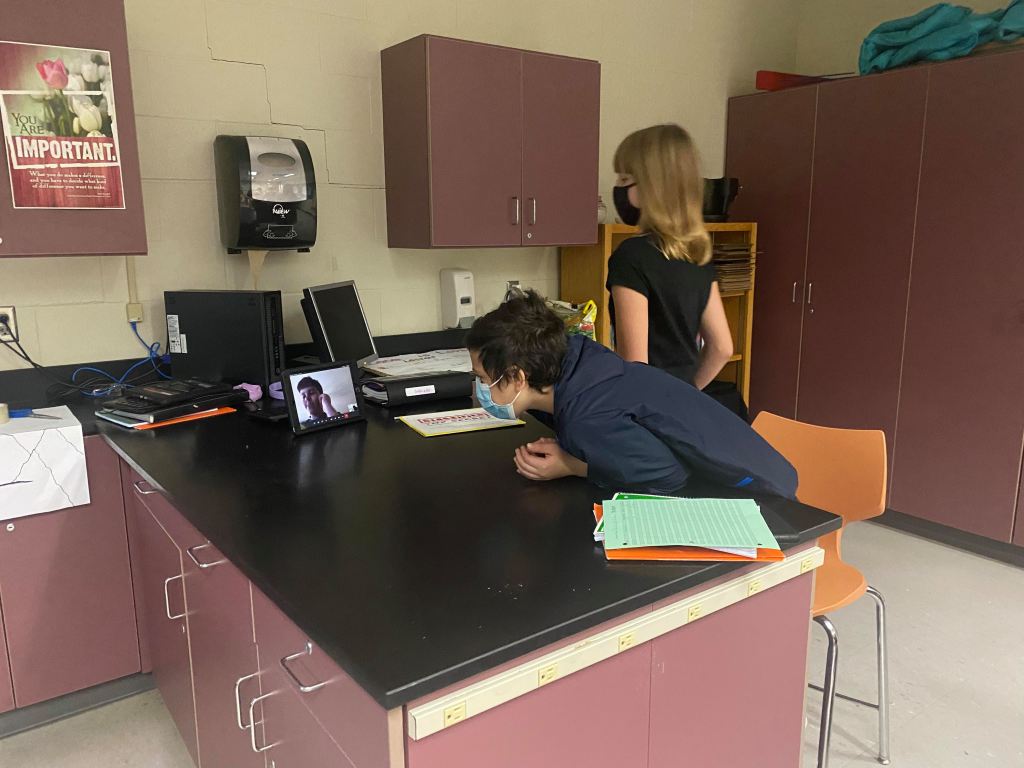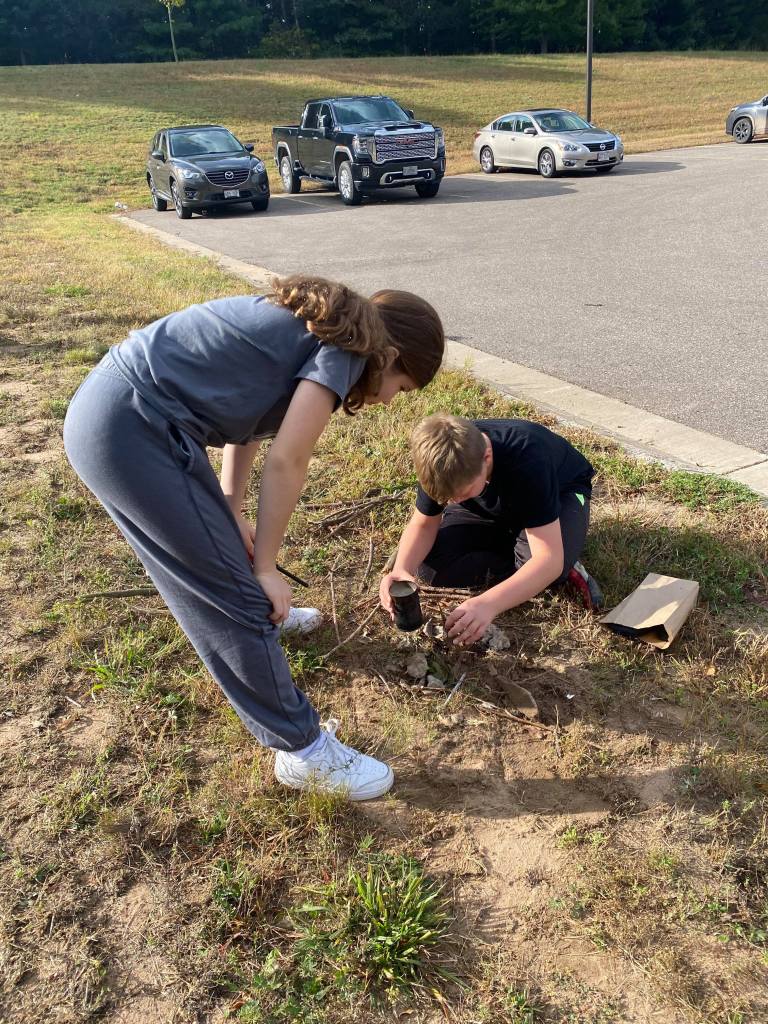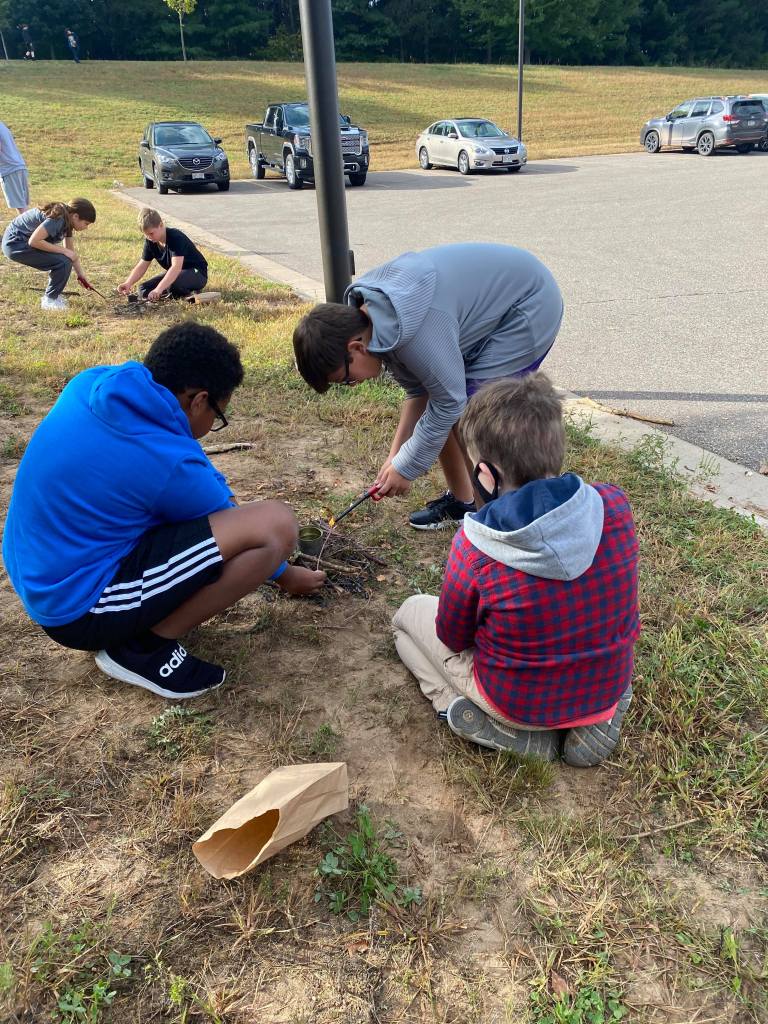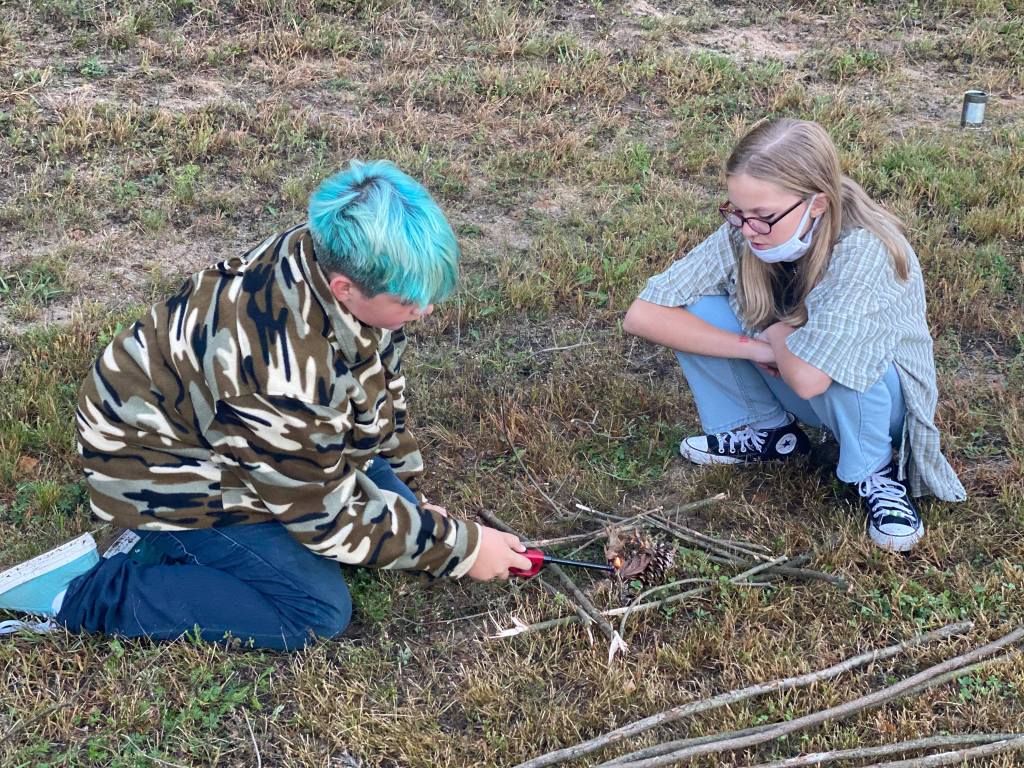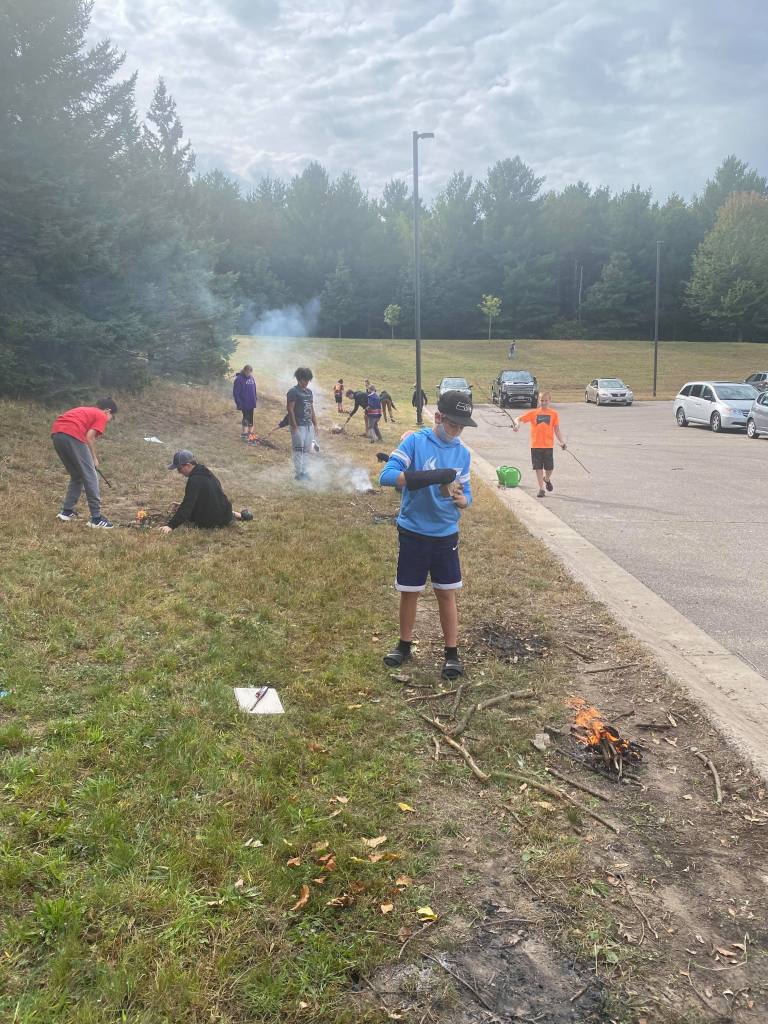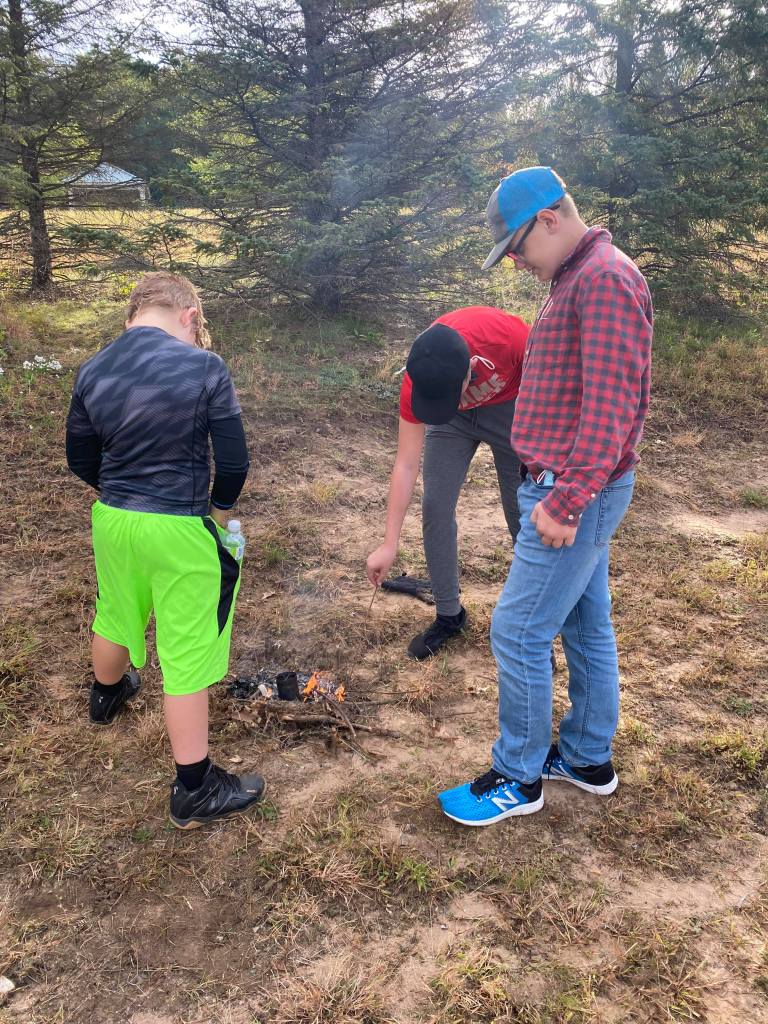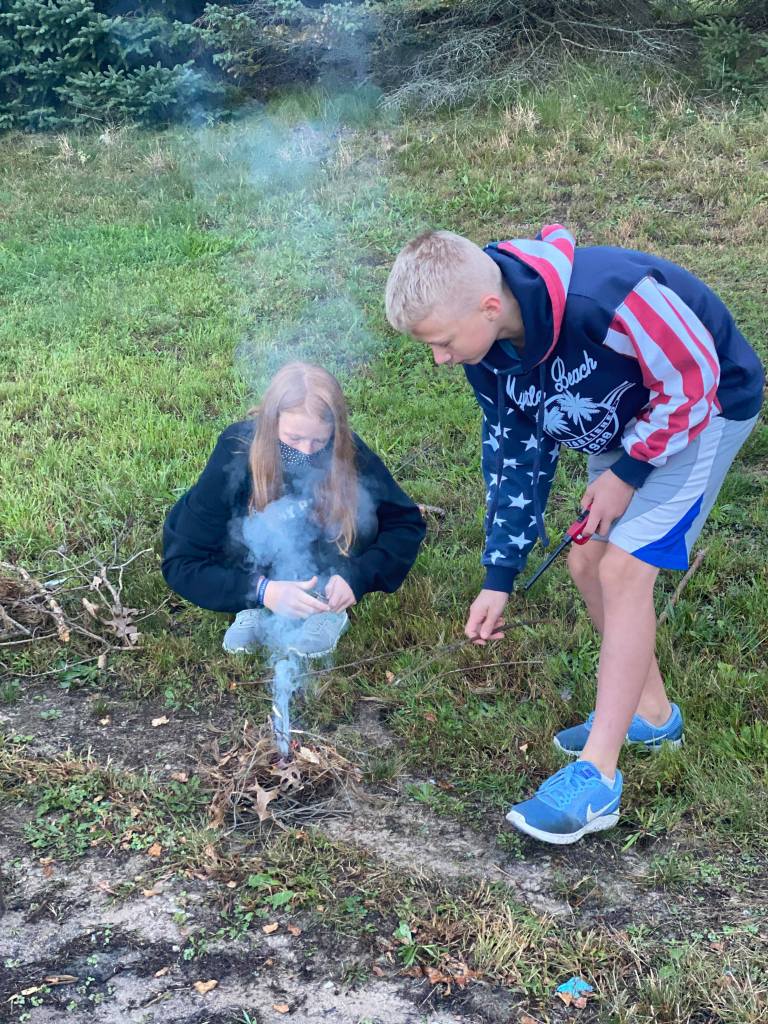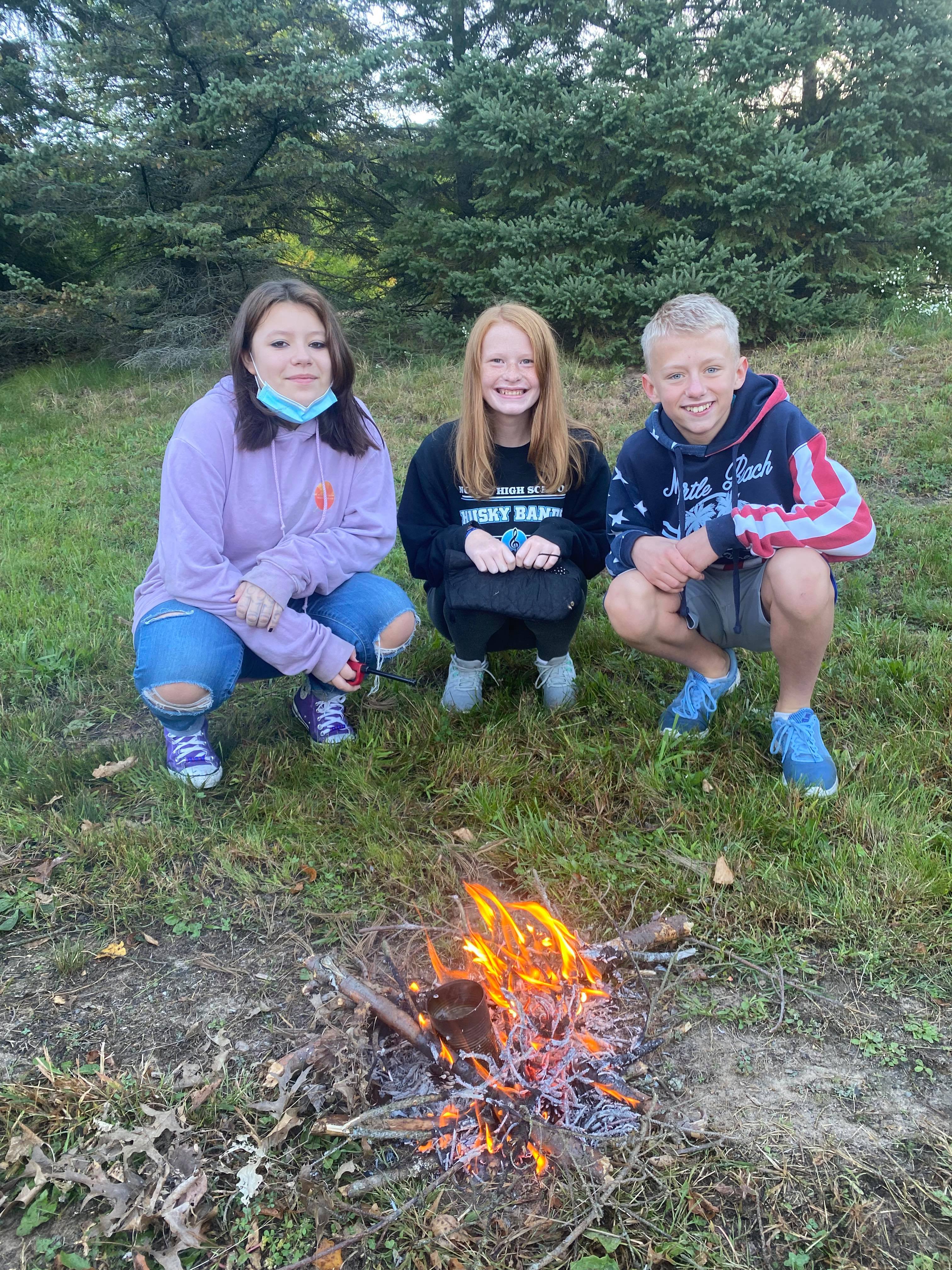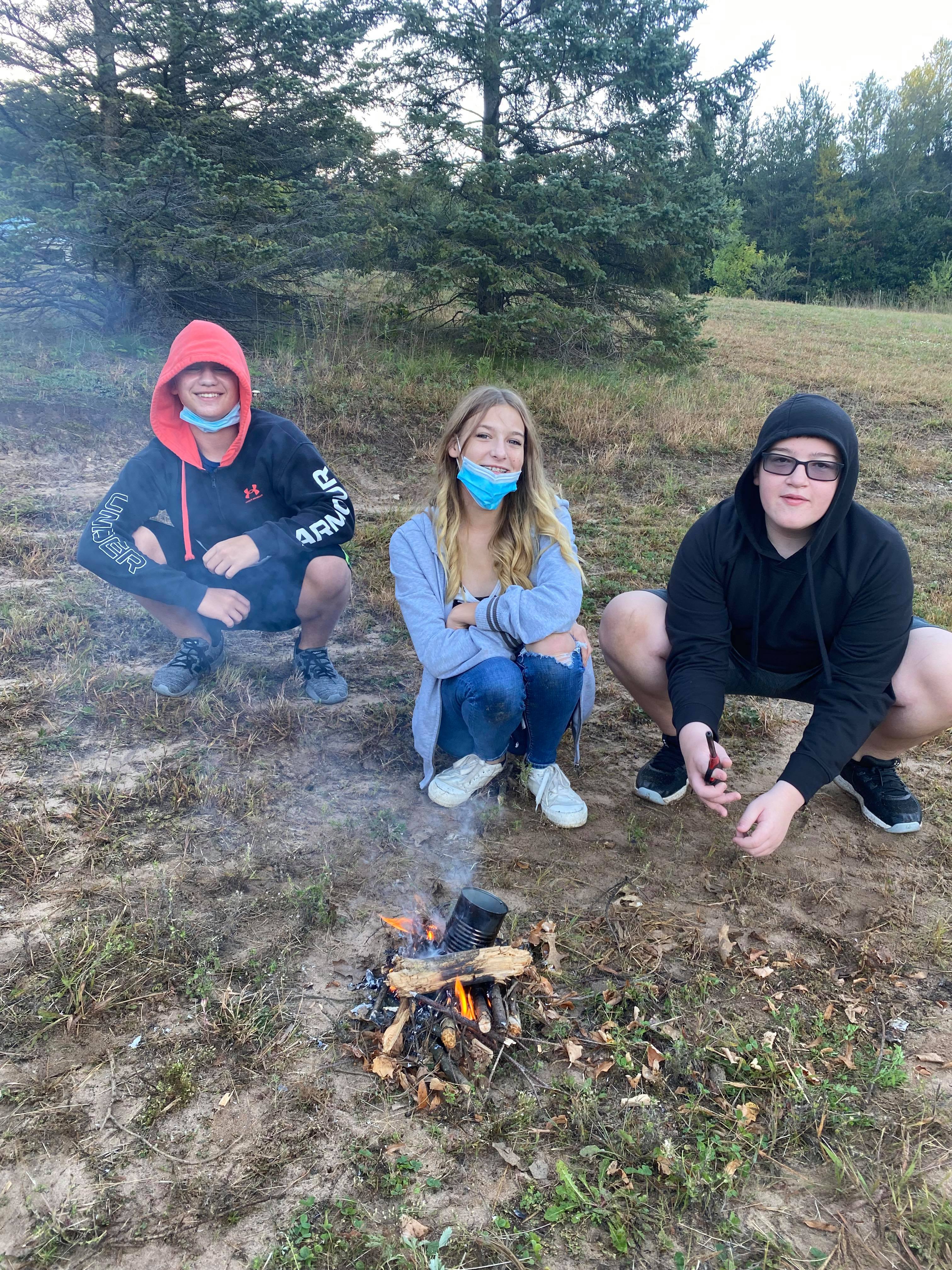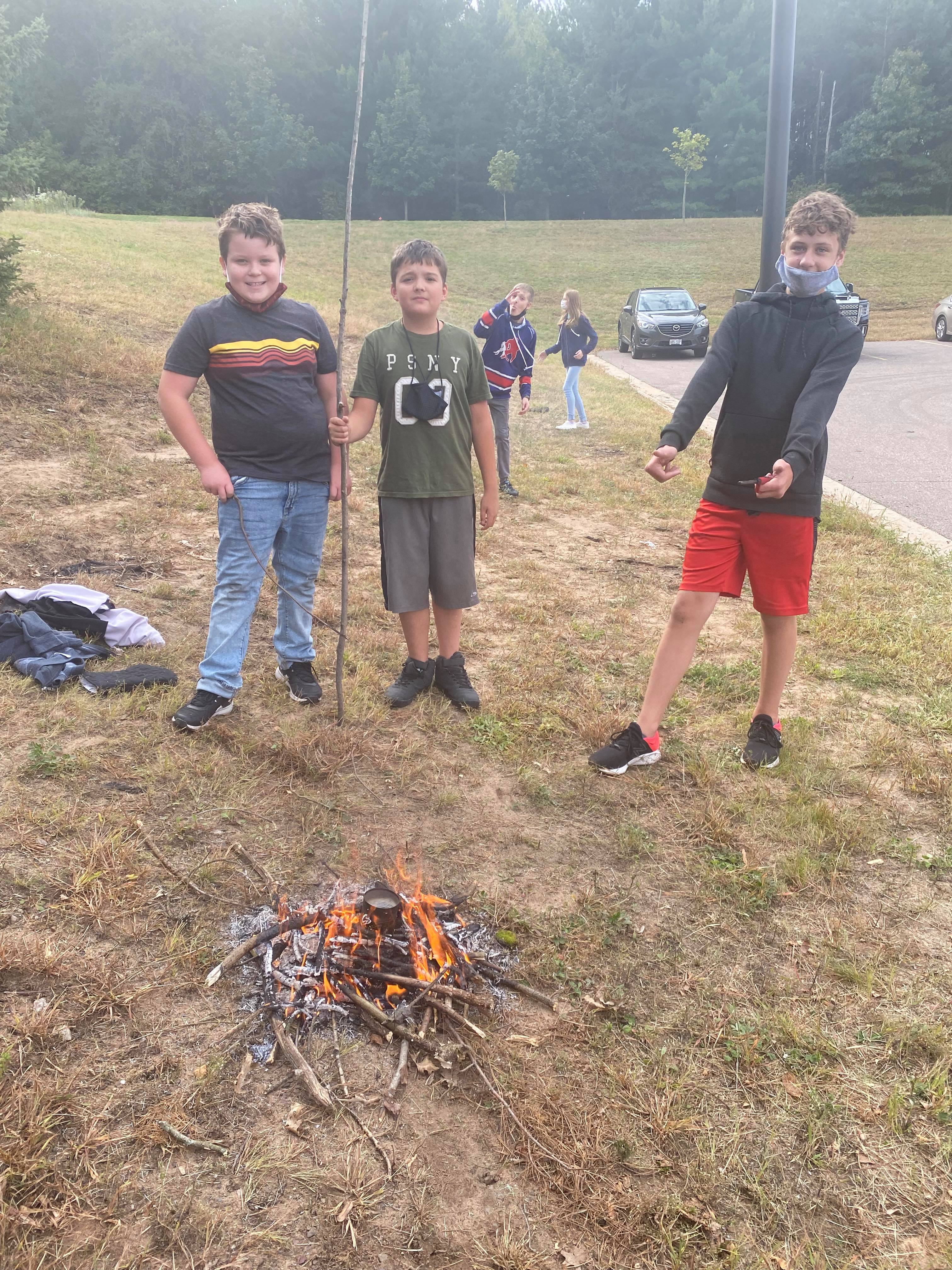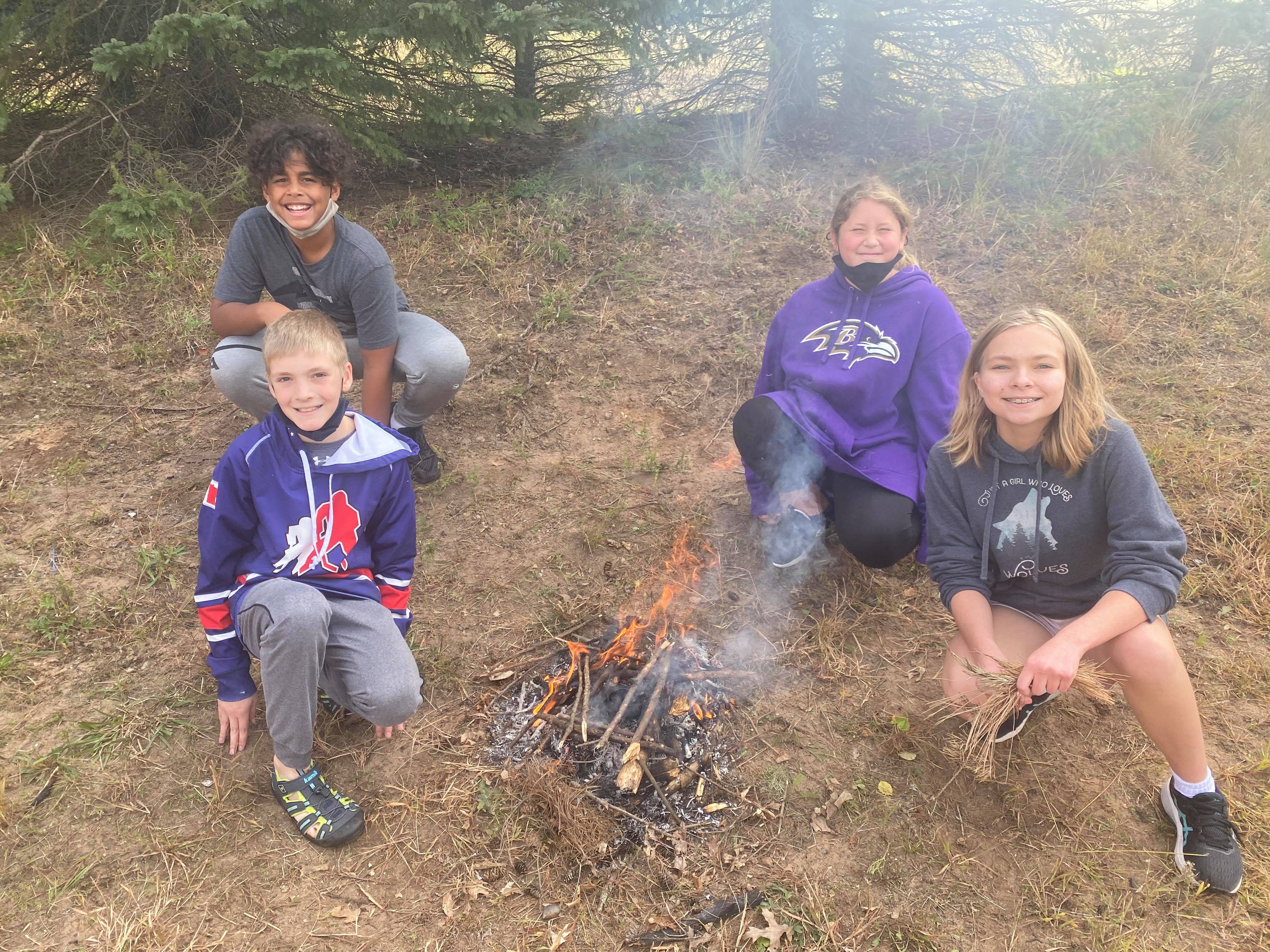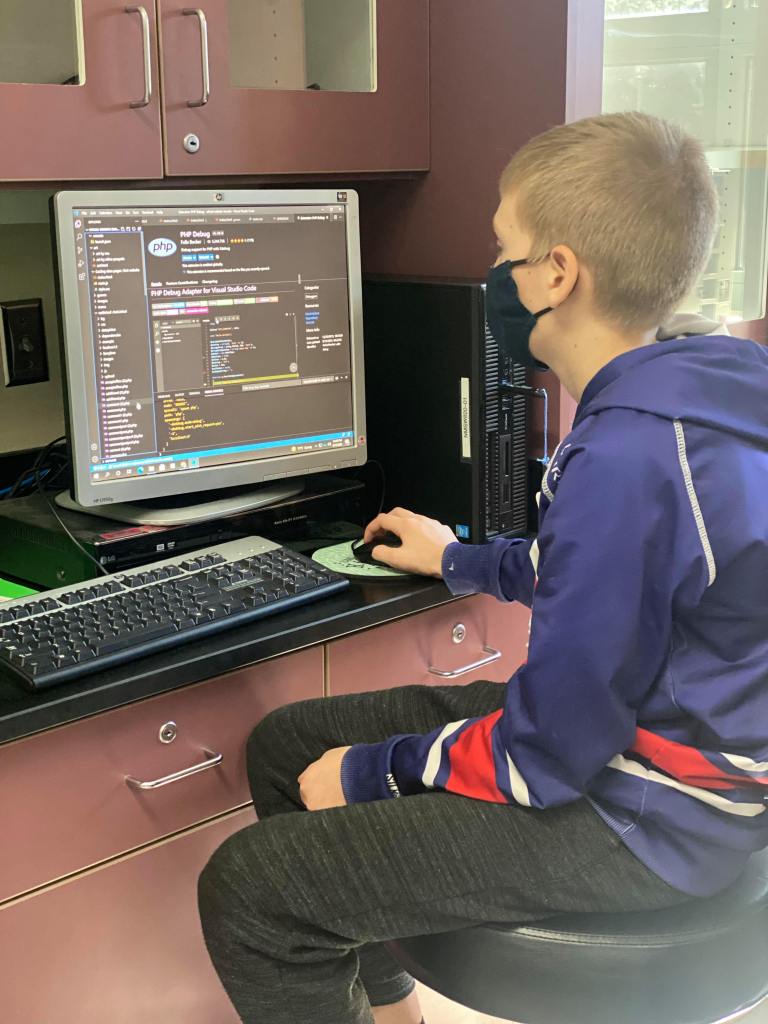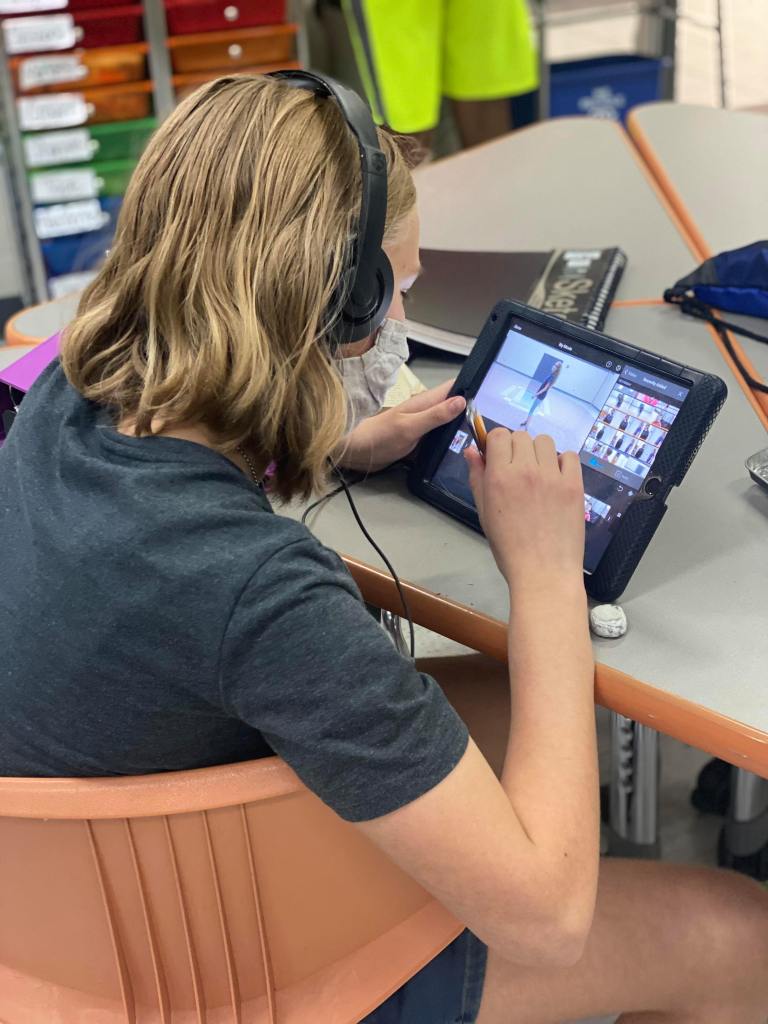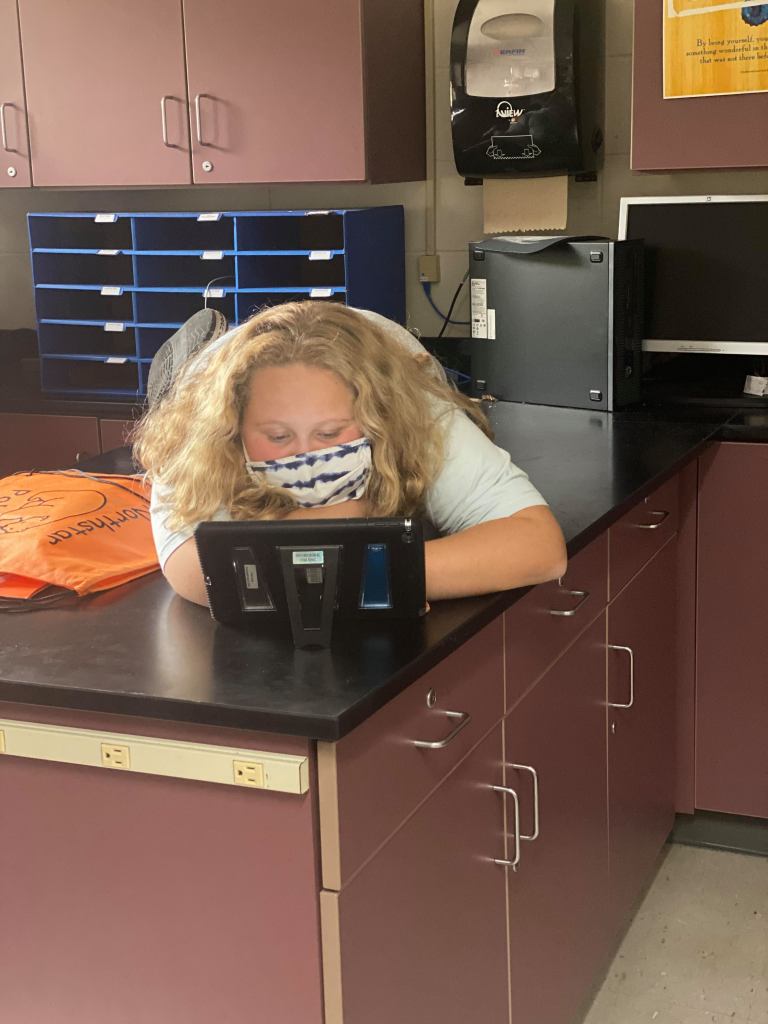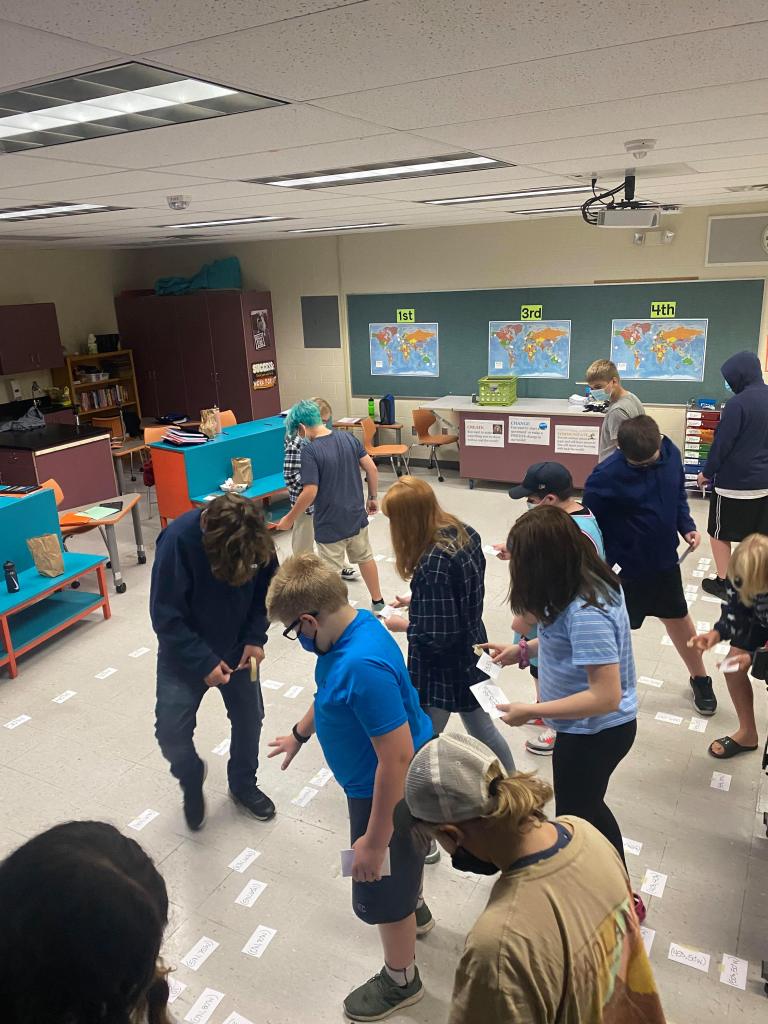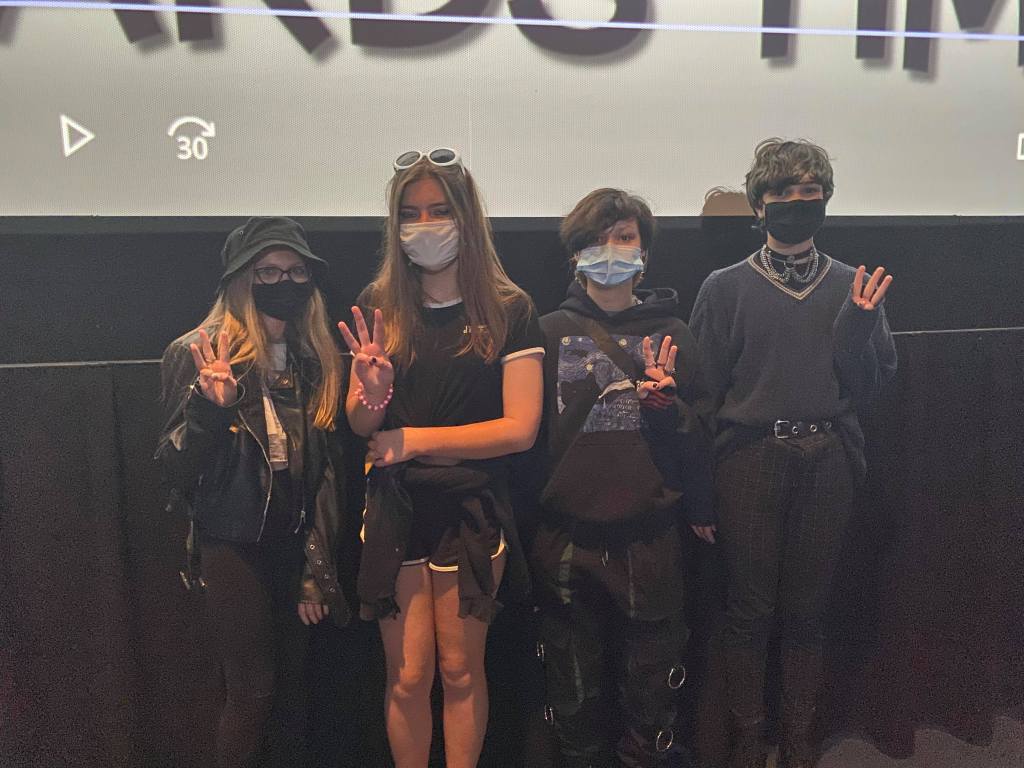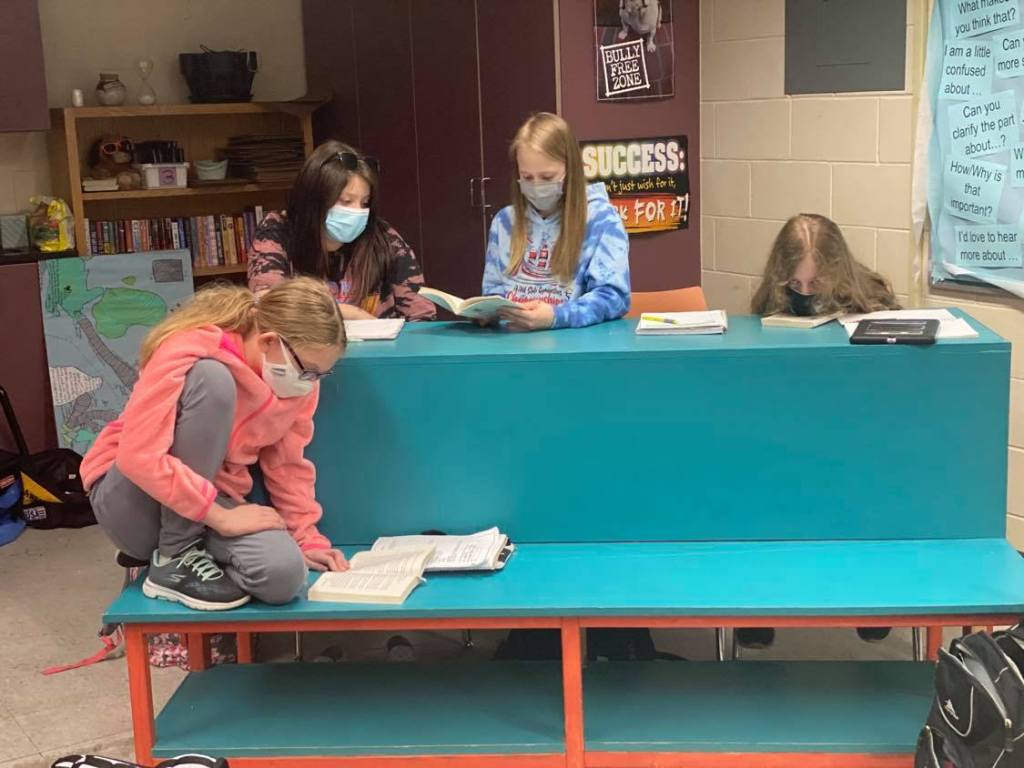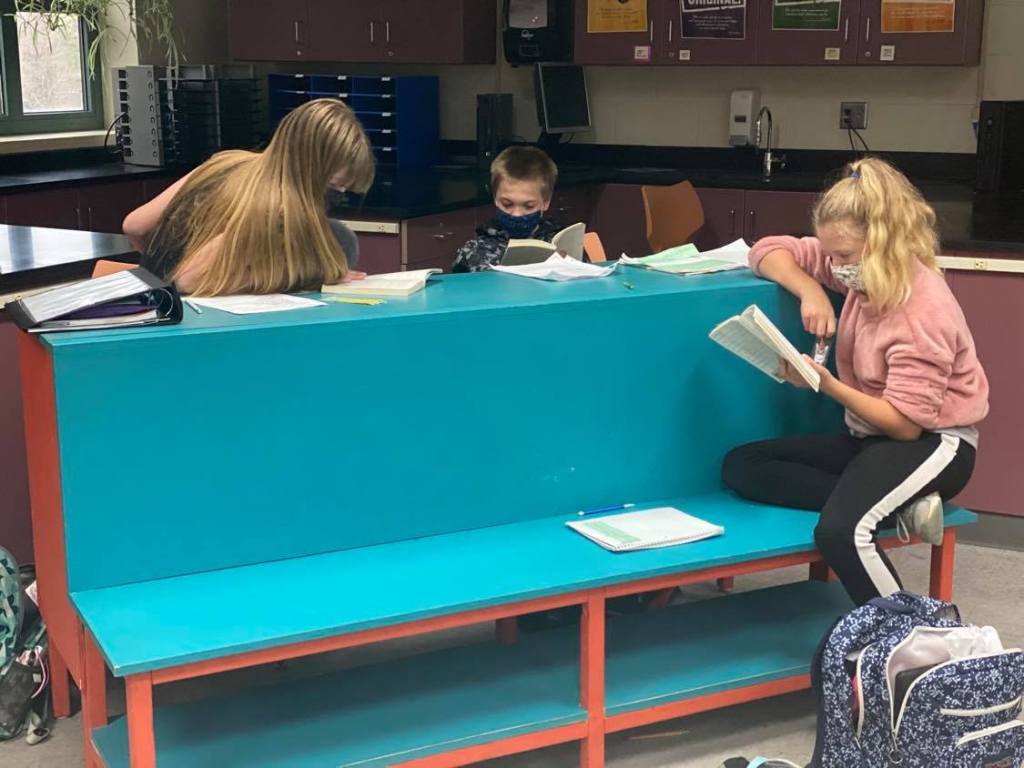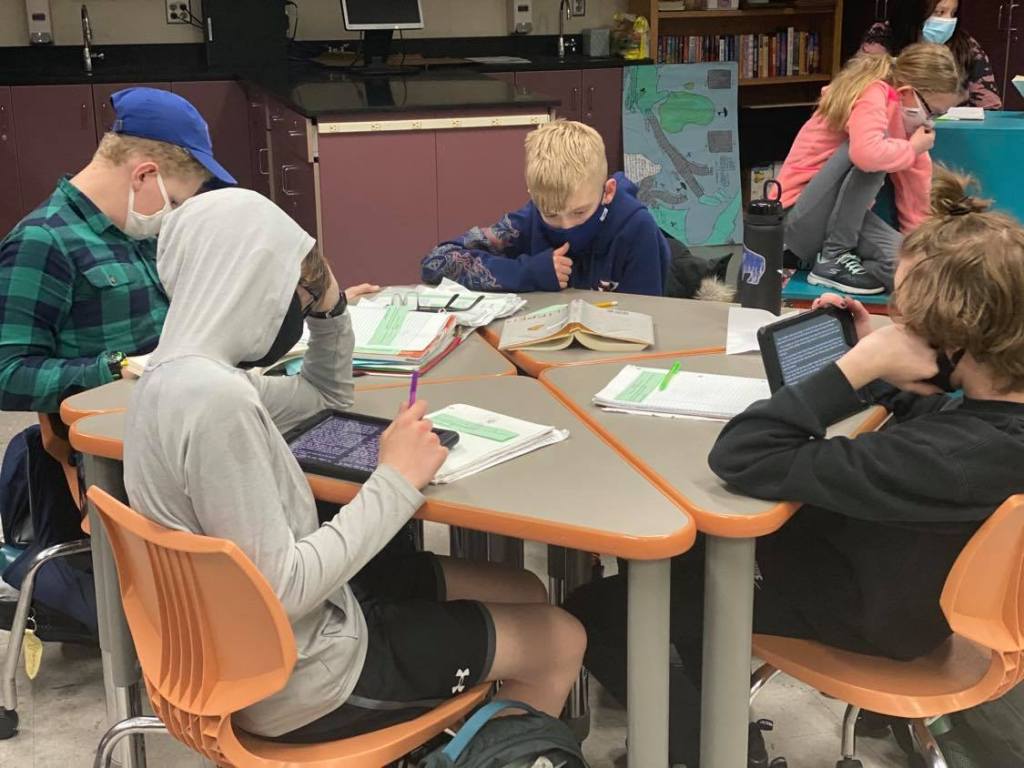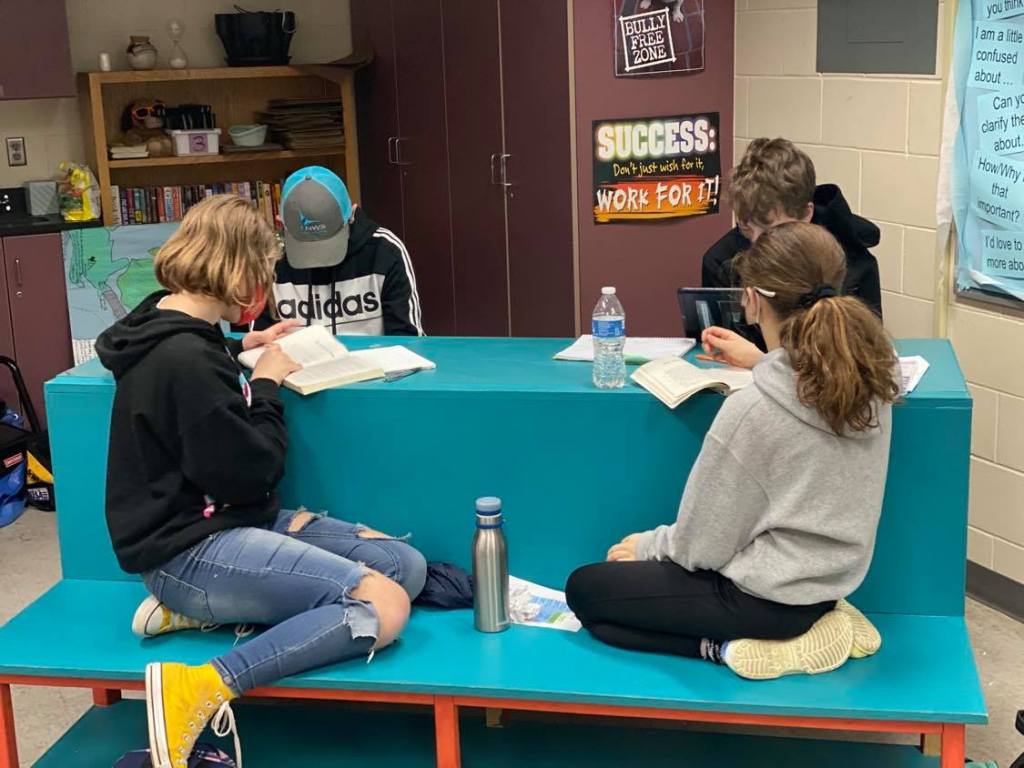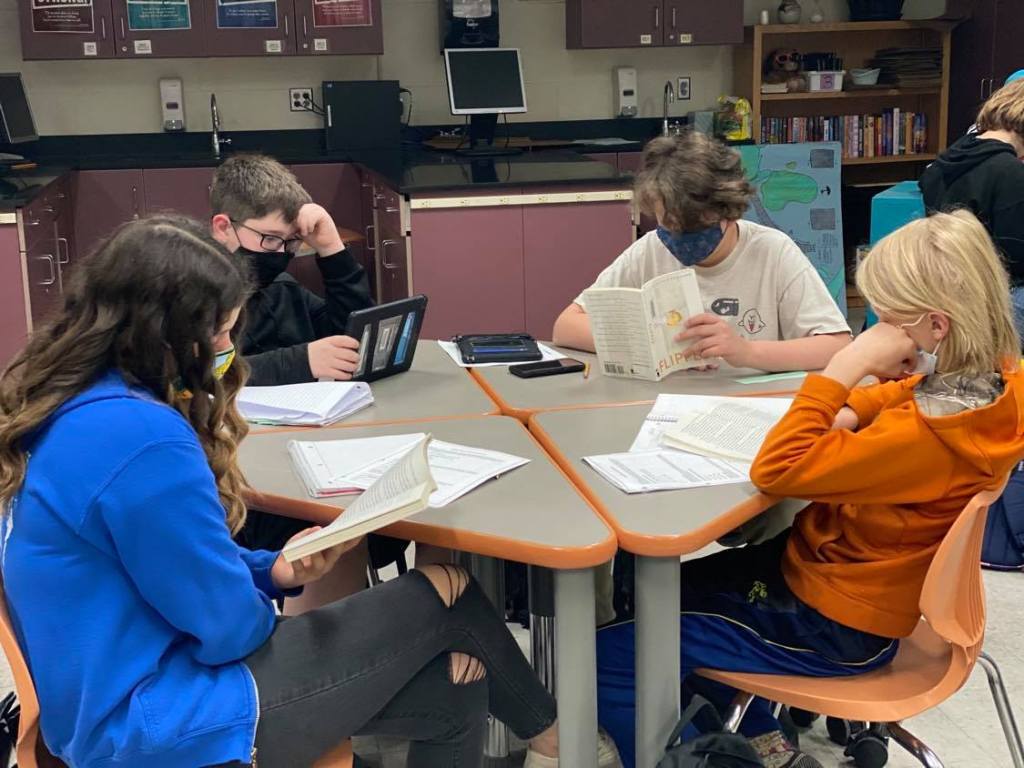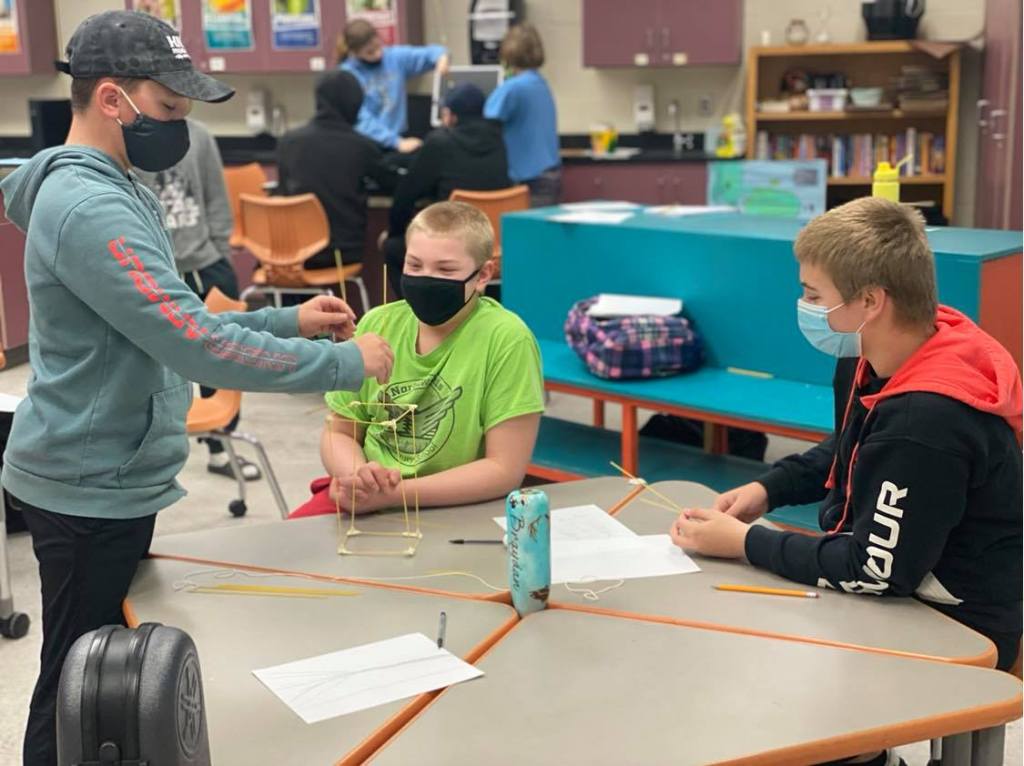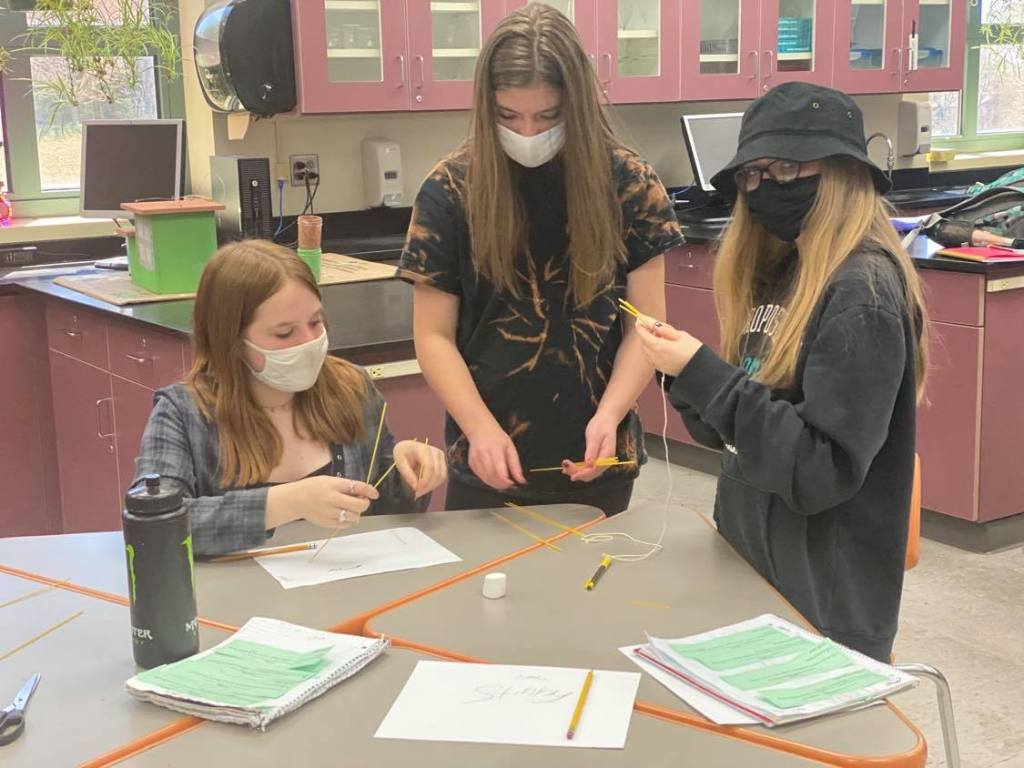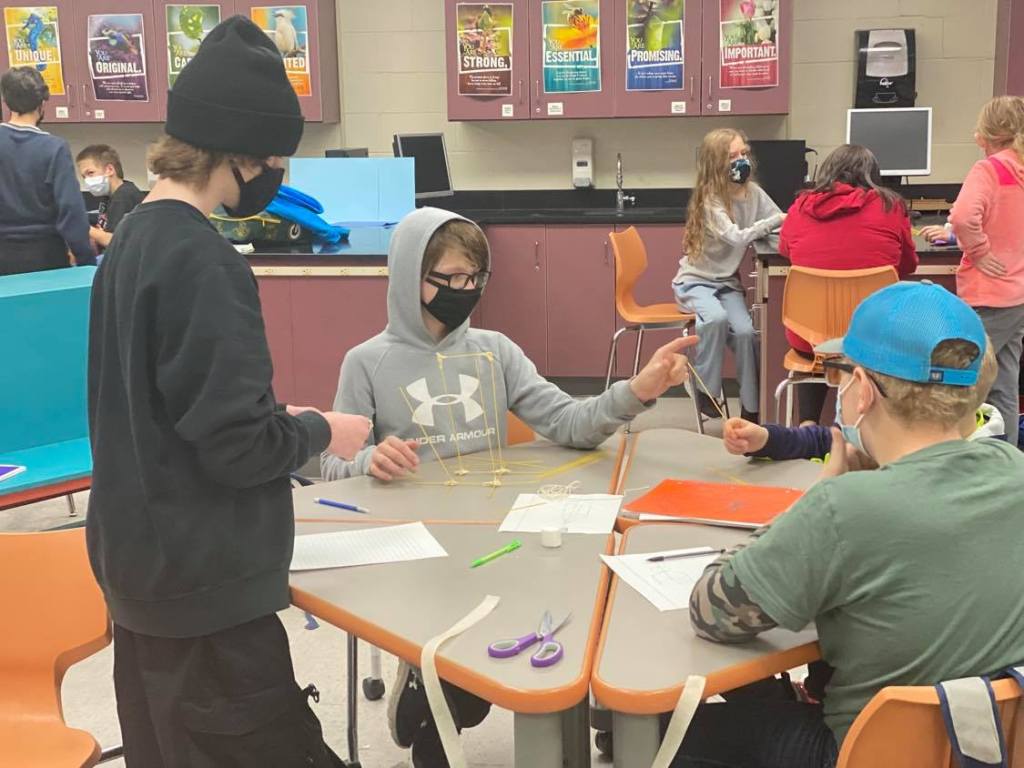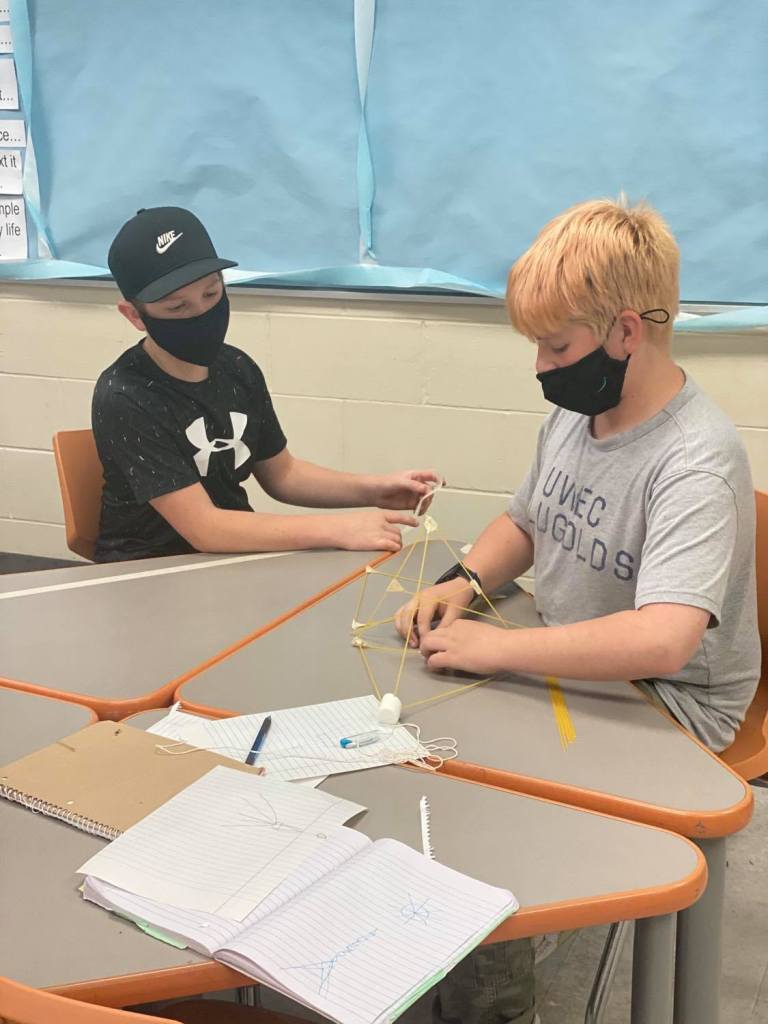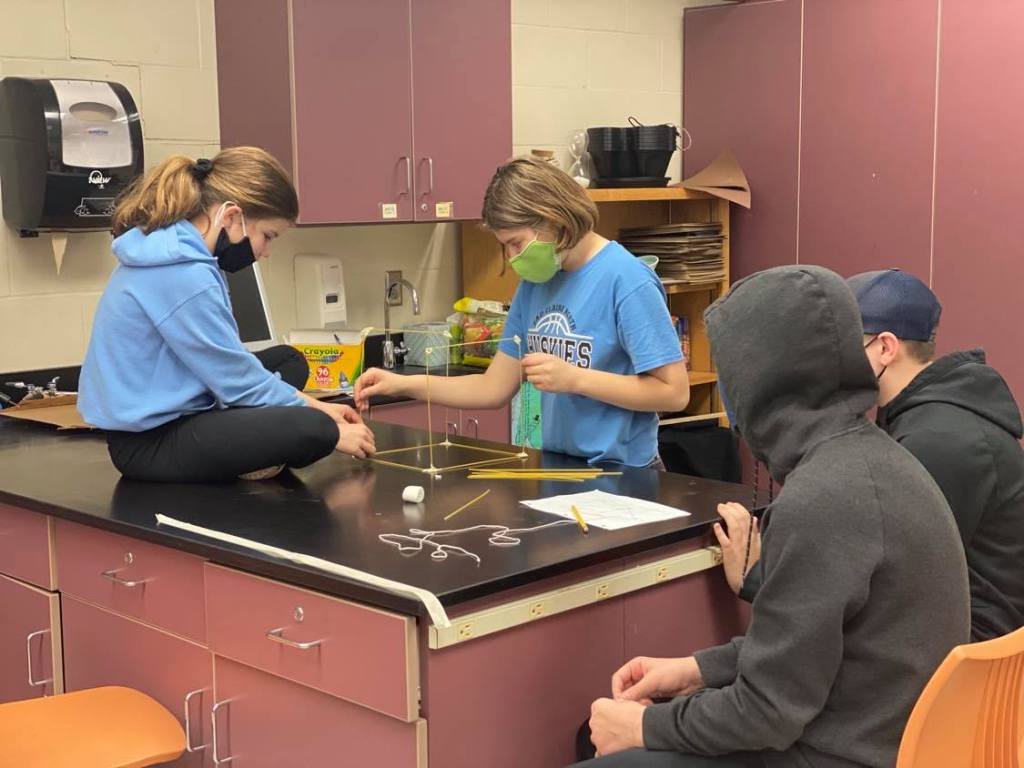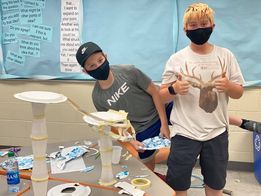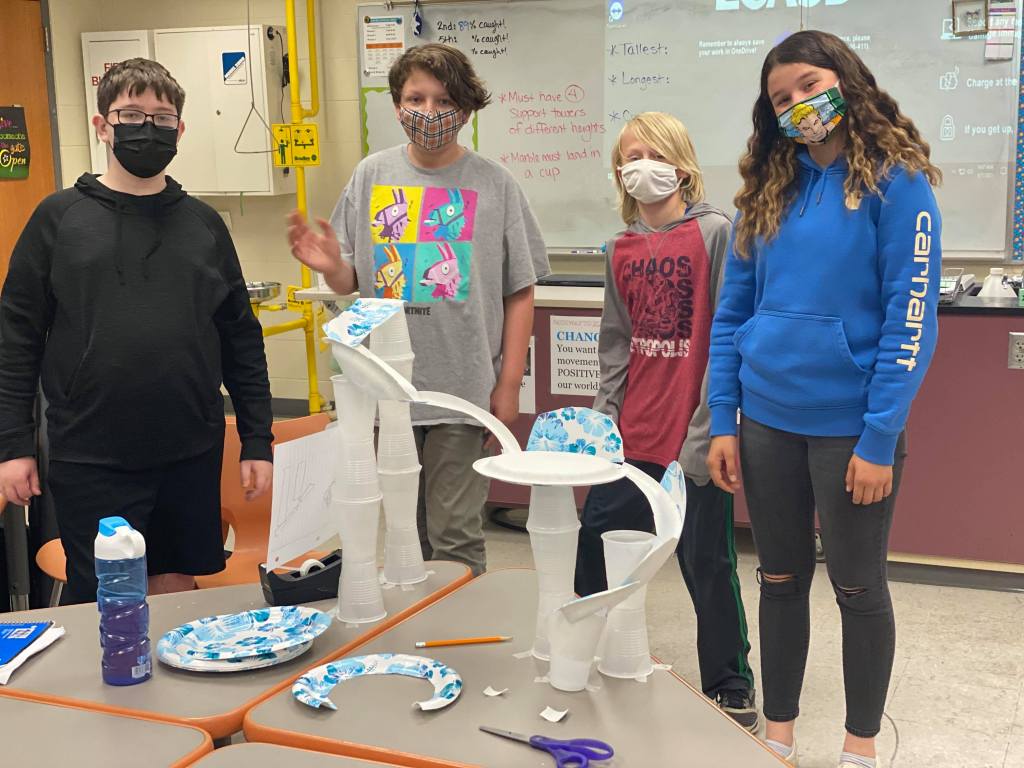I am extremely happy to report that we have officially defeated the Zombie outbreak! There are no longer ANY known Zombie locations on our maps. I am proud of how my students worked together to locate the Zombie home base and to concoct a potent and effective antidote to safely transform the Zombies back to their human selves.
Throughout the last eight weeks, as groups successfully completed various design challenges, they received special clues to help lead them to the Zombie home base. It is here that we would deliver an antidote to induce the quickest change. Clues indicated details about the location’s growing seasons, population, elevation, latitude and longitude coordinates, etc. This week, each group used the clues they had gathered, searched physical maps, digital atlases, and Google Earth, and attempted to pinpoint an exact location that aligned with all clues. Groups then merged together to convince each other. Within every class, the exact Zombie Home Base (different for each class) was correctly determined! The discussions were great! A location couldn’t be agreed upon unless students had actual evidence to prove it was a valid suggestion. I love conversations like these!
With the correct location determined, all we had left to do was to assemble the correct supplies and ingredients for an effective antidote that would revert all Zombies back to their human form. This was not easy. It turns out following step-by-step written instructions, matched with precise liquid measurements, is trickier than it sounds! All groups were incredibly reflective about their successes and their mistakes. Some recognized that working in haste is not very helpful, but rather slowing down and double-checking is critical. In the end, multiple groups concocted a proper antidote and were able to save us all!
With the antidote delivered and distributed to the Zombie home base, we were all safe to get a Ticket to Ride today! A game to get us home is exactly what we needed to bring Quarter 1 to a close!

